You just committed to your first (or another!) big run challenge—a 5K, 10K, half, or full marathon race. All you have to do now is lace up and get those miles under your belt, right?
Not quite. Turns out, the days between your runs, and what you do with them, are just as important for those long-term training goals. Take it from our Training Manager and powerhouse instructor Melody D., who’s gearing up for her first marathon this November: Incorporating cross-training into your running plan is key to blazing across the finish line feeling like a rockstar.
“You can’t just go out there and do the long run. You really have to take the appropriate training steps to get there,” she explains. Not sure where to start? Cue obé! With specialized running resources (like our Running Hub, stocked with warmups, activations, drills, and conditioning classes) and a variety of cross-training options, it’s the perfect tool to prevent injury and become a stronger runner.
Spotlight Moment: Melody’s Run Story
For Melody, running has always been part moving meditation, part cathartic stress release—and her first foray into the fitness world. Now, she looks to running as a means to fundraise for a cause close to her heart.
“I ran my first half marathon three years ago to raise money for autism awareness, and I’ll be running the New York City Marathon to raise money for my daughter Maggie’s school, Manhattan’s Children’s Center, which works exclusively with children with special needs,” she says. “Quality teachers and therapists are hard to come by, so we’ve been grateful to find such an amazing school and want to support the staff and programs as much as possible.” To help support her fundraising goal, you can donate here!
Cross-Training, Defined
Cross-training is any form of exercise that can benefit your primary workout by activating your body in different ways—but for runners, it’s very specific to strength training, Melody explains. Since running is a one-directional exercise, it’s crucial to pump up any neglected lateral muscles. Major benefits of cross-training include:
- Injury prevention: Unless you’re a total pro, it’s hard to maintain perfect form and technique, especially with longer runs. Cross-training offsets any running-related muscular imbalances in your body, so you don’t improperly compensate for a lack of strength. (P.S. Check out these form tips from our obé pros!)
- Strength maintenance: Your legs aren’t the only things working when you run. The hips, glutes, core, upper back, shoulders, chest, and arms are also crucial to powering every stride. “If we don’t keep them strong, they’re not going to be able to support your run,” says Melody.
- Performance enhancement: By increasing your VO2 max, strength-based cross-training also makes you a more efficient—and faster—runner. In other words, you’ll put in way less effort to hit your target pace.
Tip 1: Stick to Strength and Power
Because running is such a high-impact sport, building up muscular strength and stability is crucial to minimize the shock on your joints. “In general, functional, low-impact Strength and Power classes will set you up for success,” says Melody.
More specifically, single leg exercises like lunges and deadlifts are great for balancing both sides of your body—and anything that strengthens your hips or core is a must to enhance your form. The two bodyweight strength moves you should always do, according to Melody? Bridges and planks, which fire up the glutes and core, aka two building blocks for powerful strides.
Don’t be afraid to gear up with (heavy) weights, either. “I think people tend to steer towards light weights because they don’t want to fatigue the body, but going heavier and keeping the scheme in a lower 8-10 rep range will give you a lot of bang for your buck without tapping out your tank,” she says.
Since runners tend to have weaker core muscles, Pilates is also a great supplement to fire them up without impacting your joints, Melody adds. On the flip side, unless you’re doing an Express core-focused Barre or Sculpt, these endurance-based class types are better to avoid, since the high lightweight reps fatigue your muscles.
Tip 2: Aim for Two Weekly Strength Sessions
While the exact ratio will vary depending on your specific training goal—and more specifically your target mileage and weekly running time—Melody recommends cross-training two days a week. “Those two days will be enough to maintain strength and prevent injury without detracting from the muscular capacity for your runs,” she adds.
Since your time will be more focused, “there’s no need to get super specific in terms of training certain muscle groups, like upper or lower body,” she says. “Compound exercises like push-ups are the most effective since they put the whole body to work, strengthening all the same muscles you use when you run.”
Tip 3: Back off Excessive Cardio
To cross-condition effectively, it’s best to avoid any of the high-impact class types (such as Dance Cardio or Cardio Boxing) that stress your joints, Melody recommends. High intensity interval training should also be put on pause to protect your muscles from exhaustion, since HIIT sequences often activate the same kind of fast twitch muscle fibers that help you push off when you run.
If you do want to add some cardio to the mix, go for lower-impact options like Ride, Bounce, jumping rope, or a walk. “You’ll still keep the heart rate up and training cardiovascularly without taxing your joints and your muscles quite as much,” Melody explains.
Tip 4: Don’t Skip Your Rest Days
If you’re following a running plan (and you should be!), don’t downplay the importance of a mental and physical break. “Honoring a recovery day, even when you don’t necessarily feel like you need it, will only benefit you in the long run,” says Melody.
For the days you still crave movement—active recovery modalities are the perfect fix. “A quick Yoga, Stretch, or Pilates class will give your body some love without adding excessive strain or pressure to your joints,” Melody explains. Find running-focused cool-down stretches, foam roll classes, recovery breathwork, and so much more in our Runner’s Hub. Short on time? Look for chest-opening and lower body-focused Express classes to get some good release.
For even more guidance, take a peek at Melody’s Marathon Training Mix—a Collection of her favorite run-friendly Strength and Stretch classes. (If you can’t see it, just send her an obé friend request!)






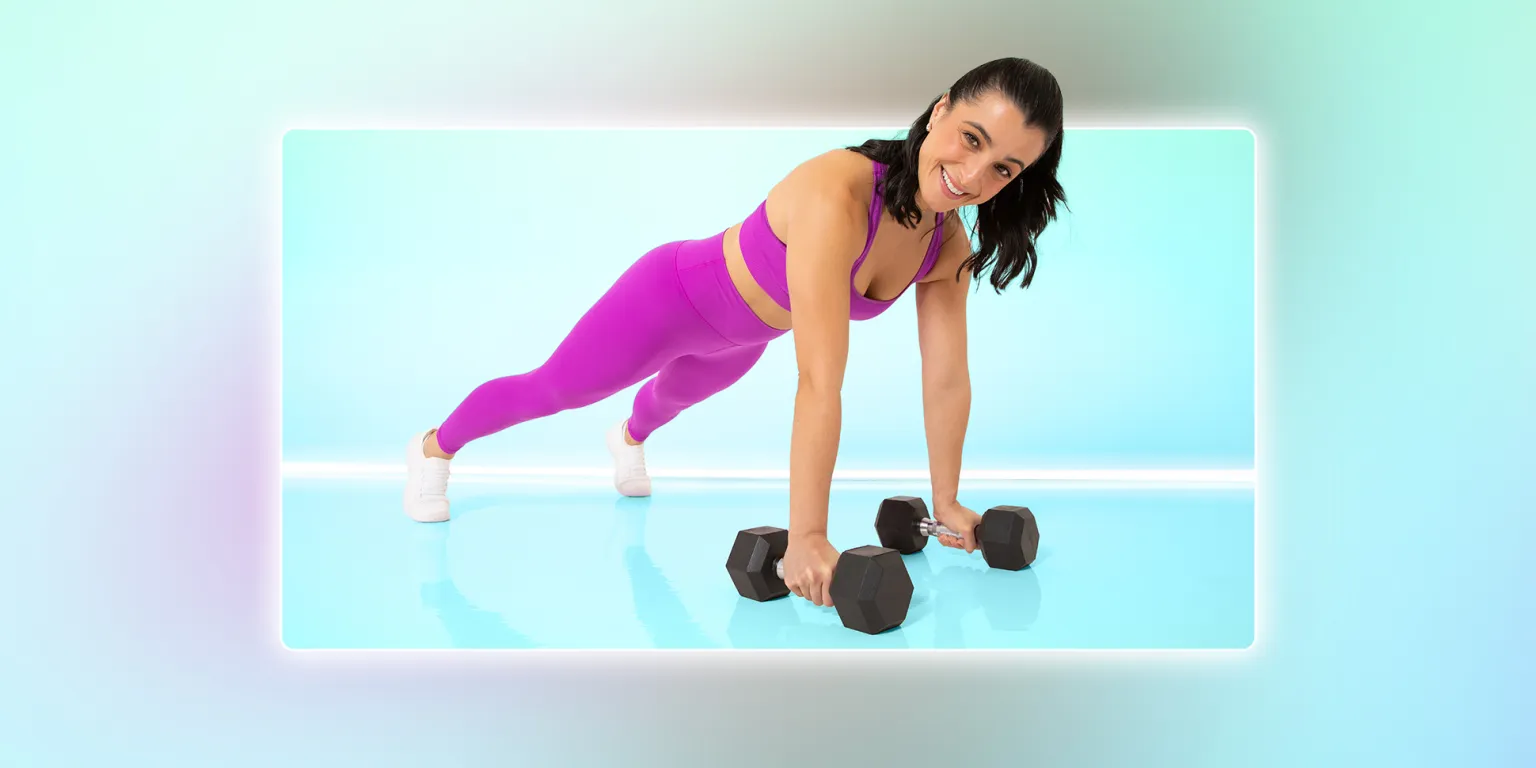








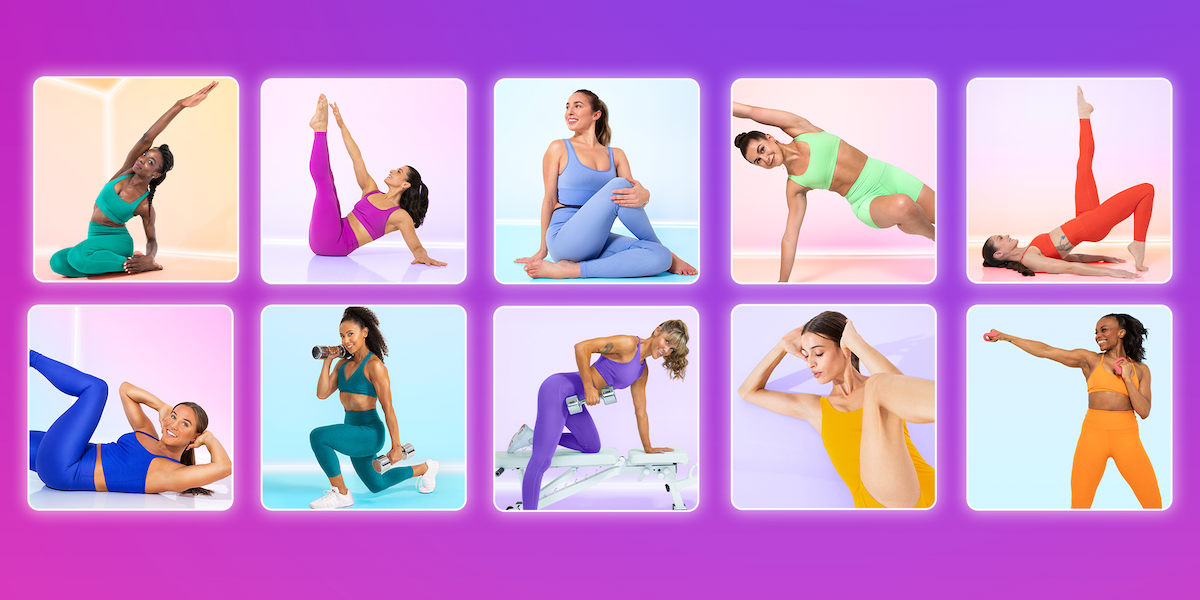



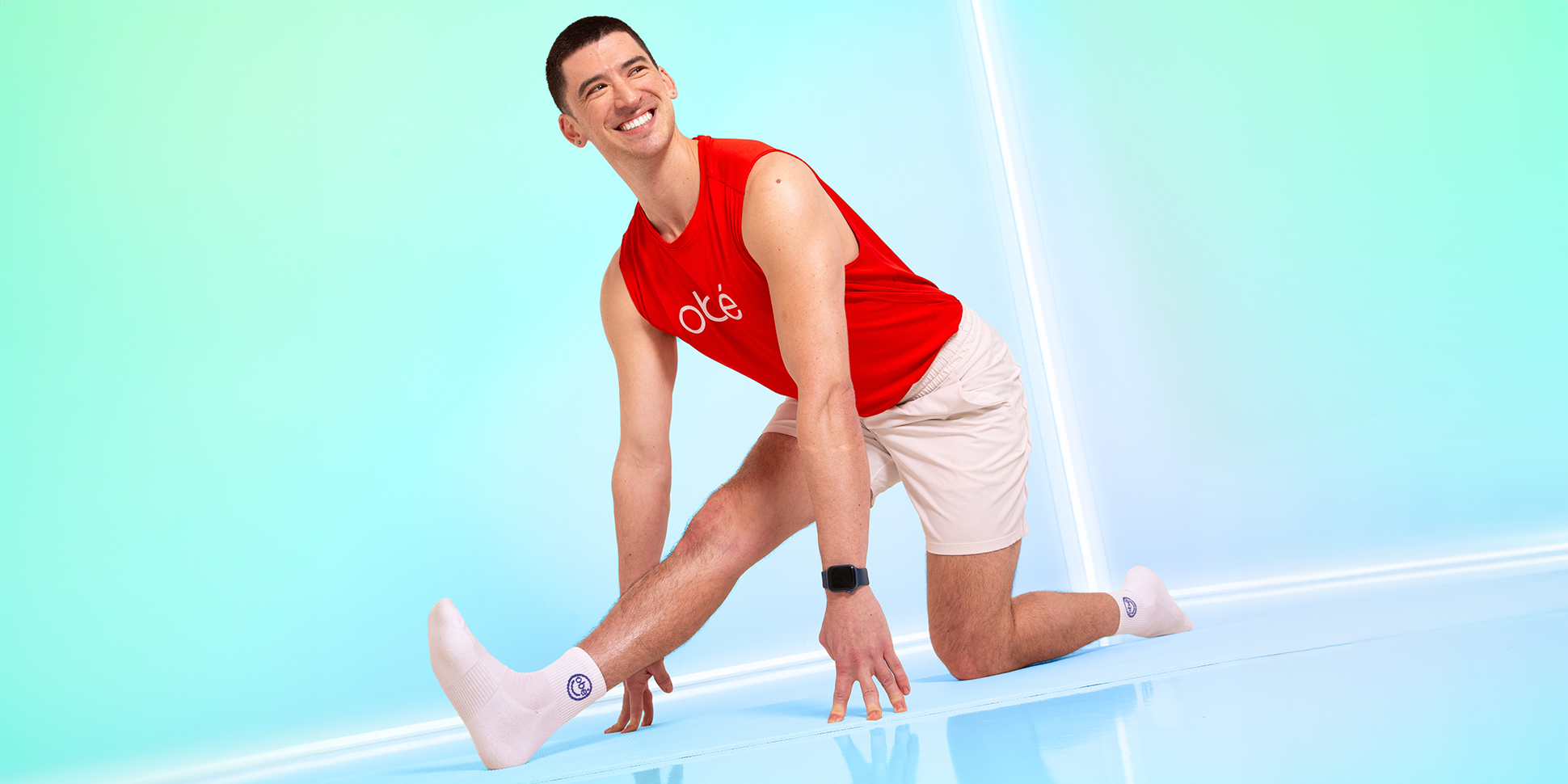

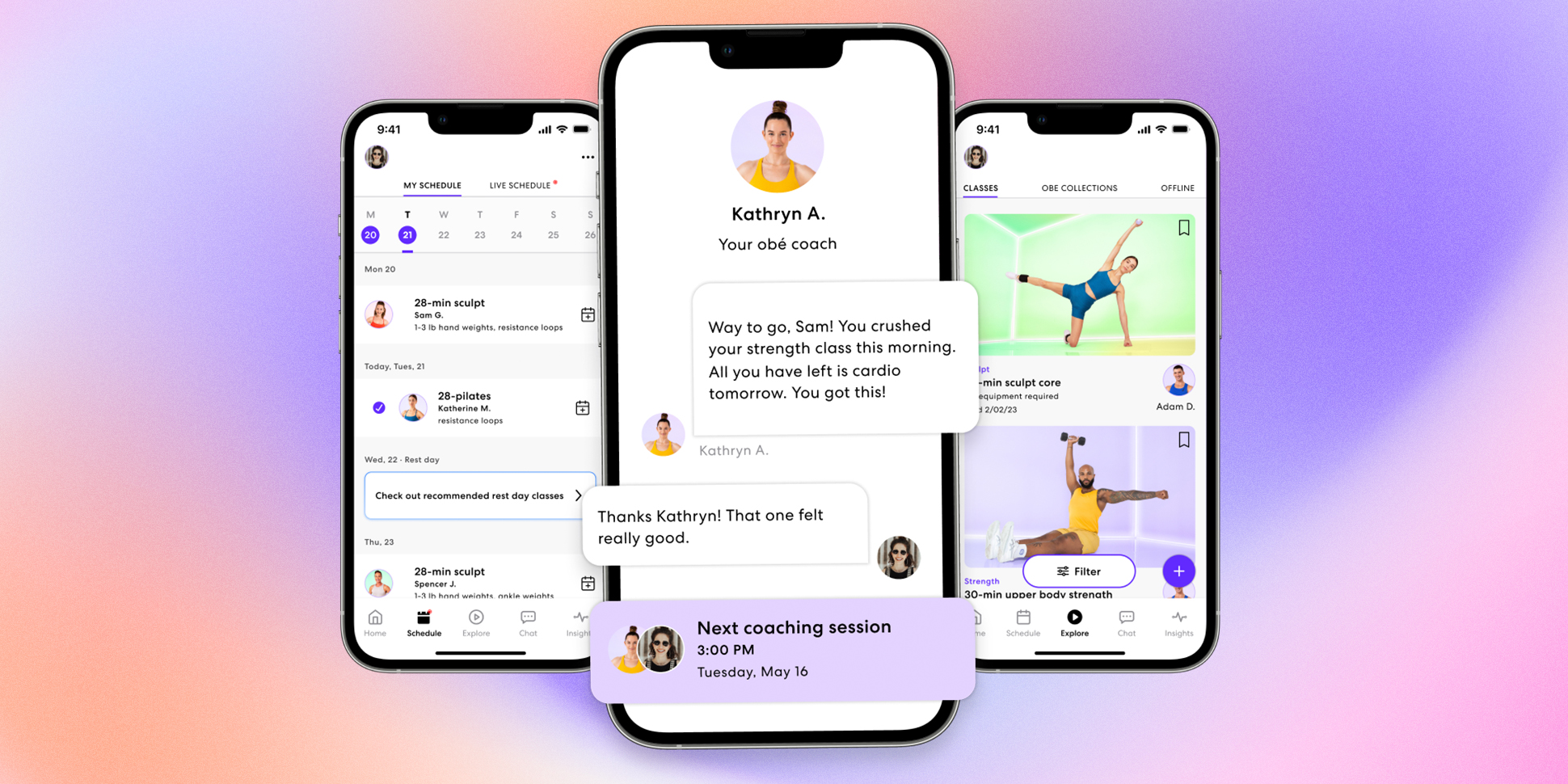









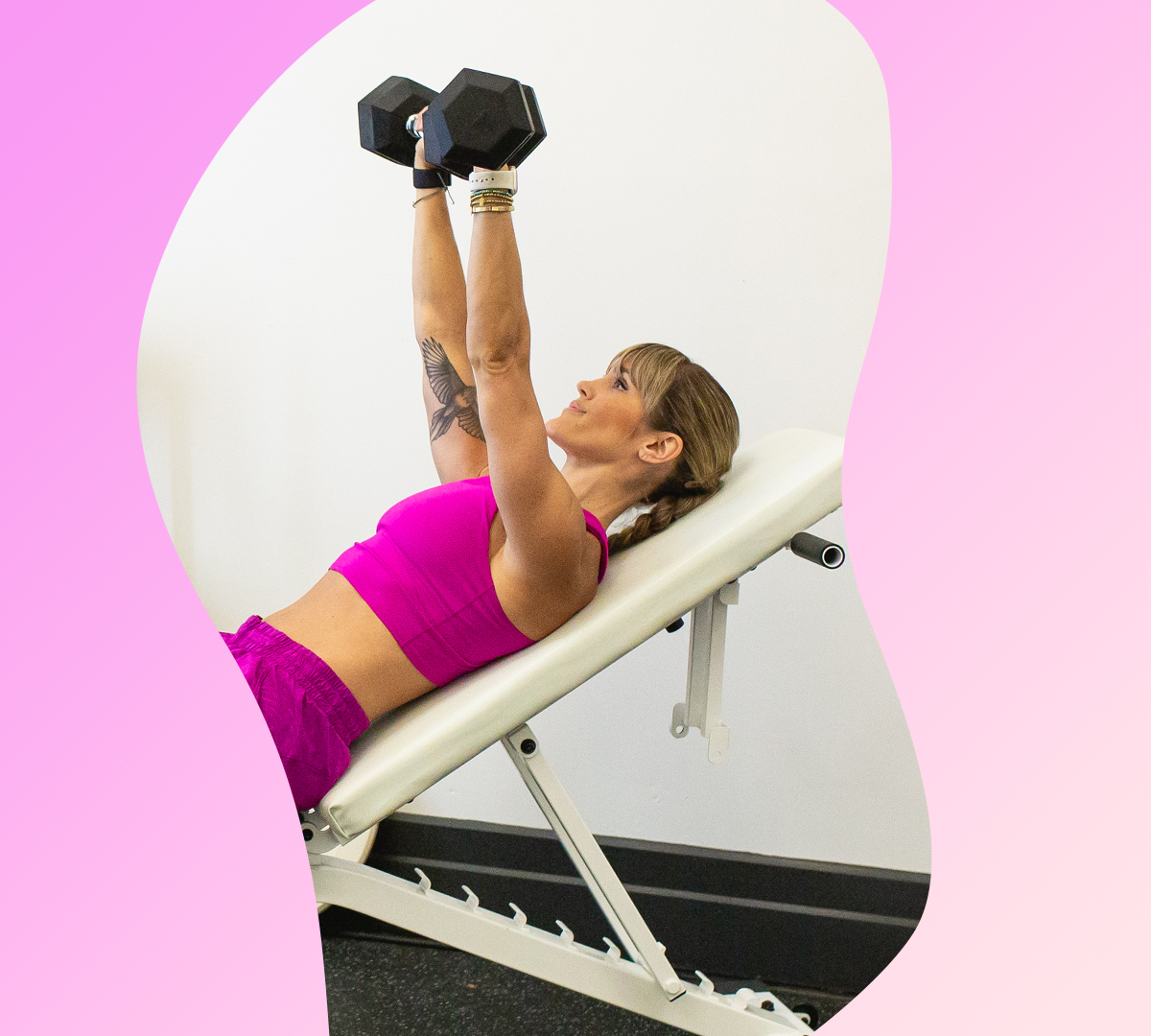
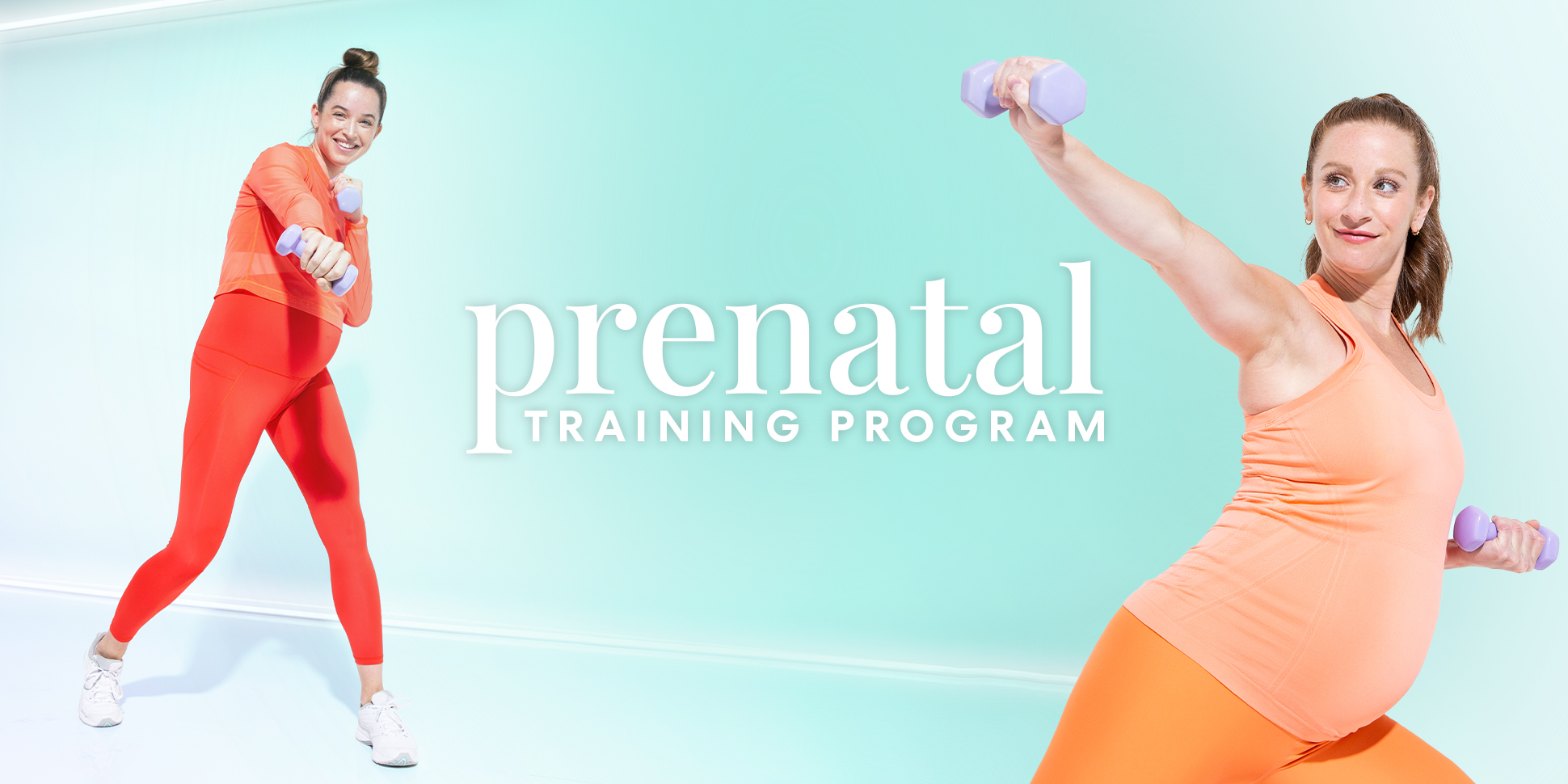



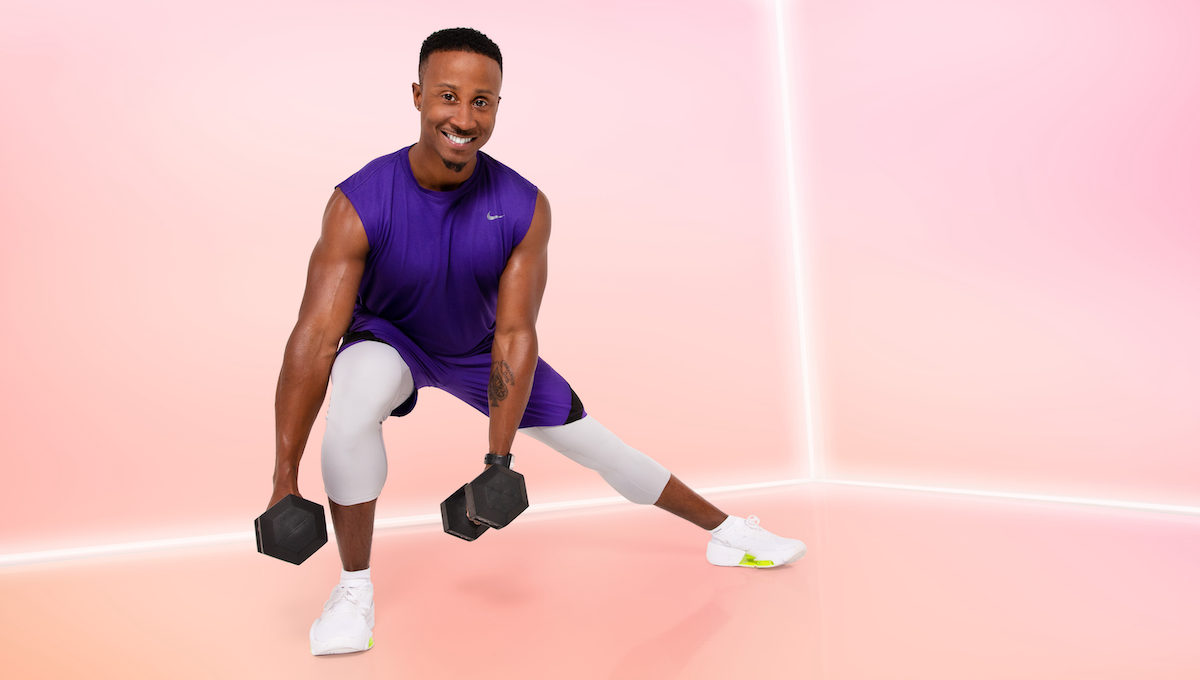








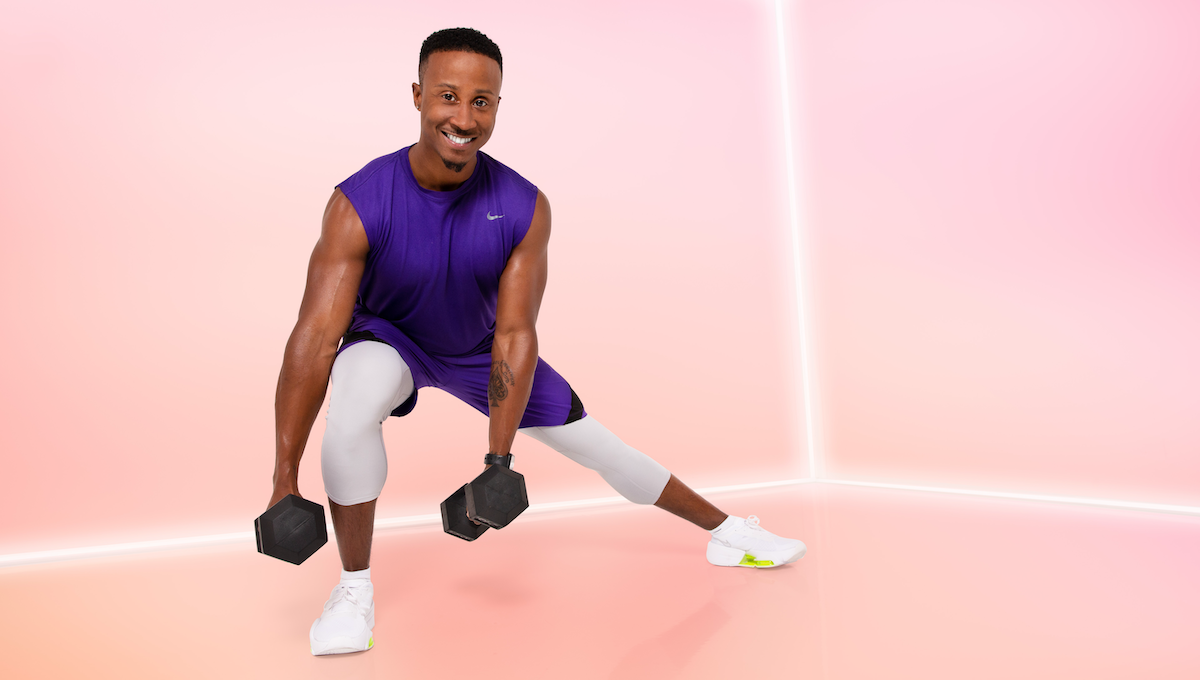


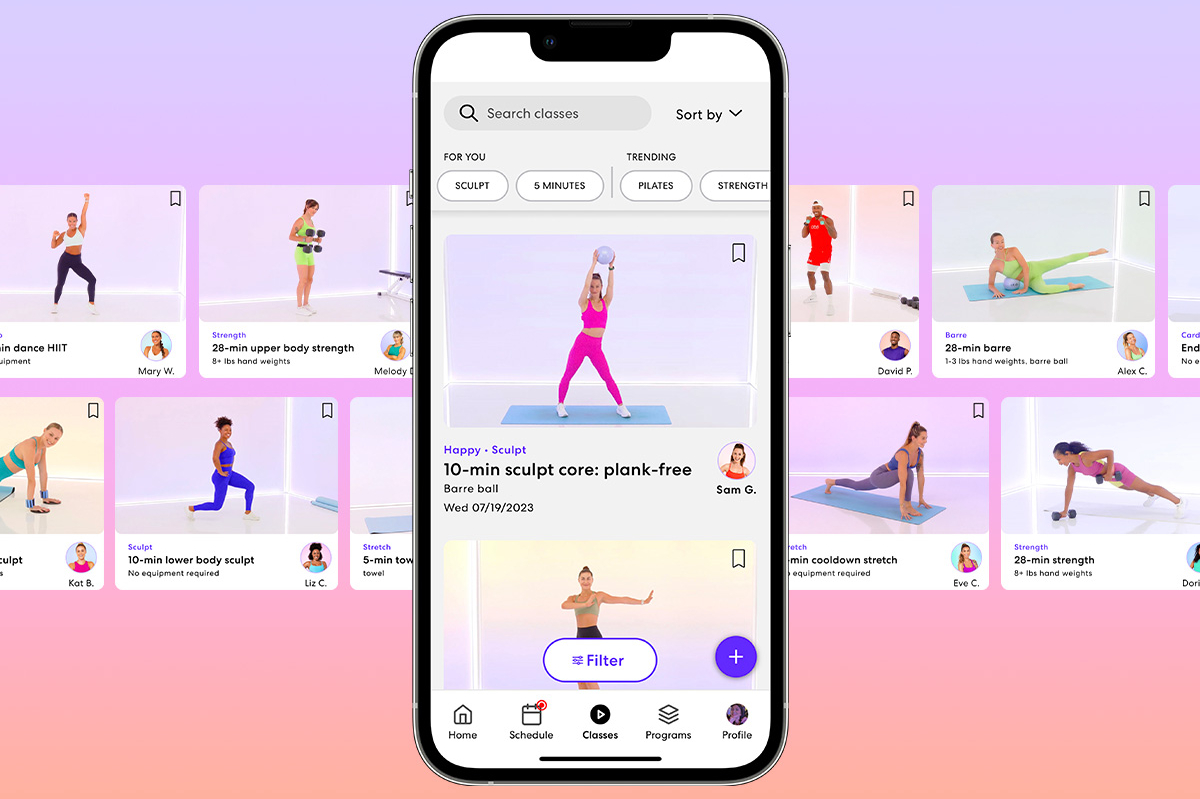

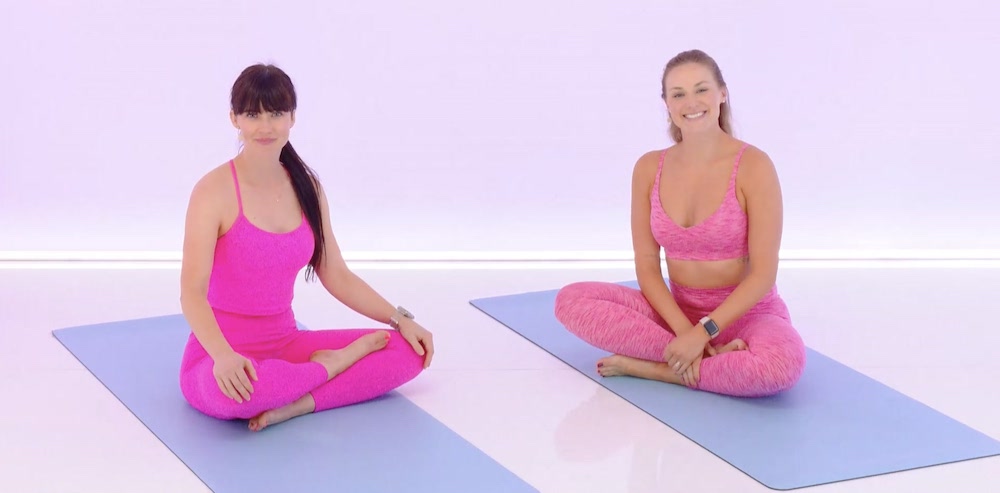


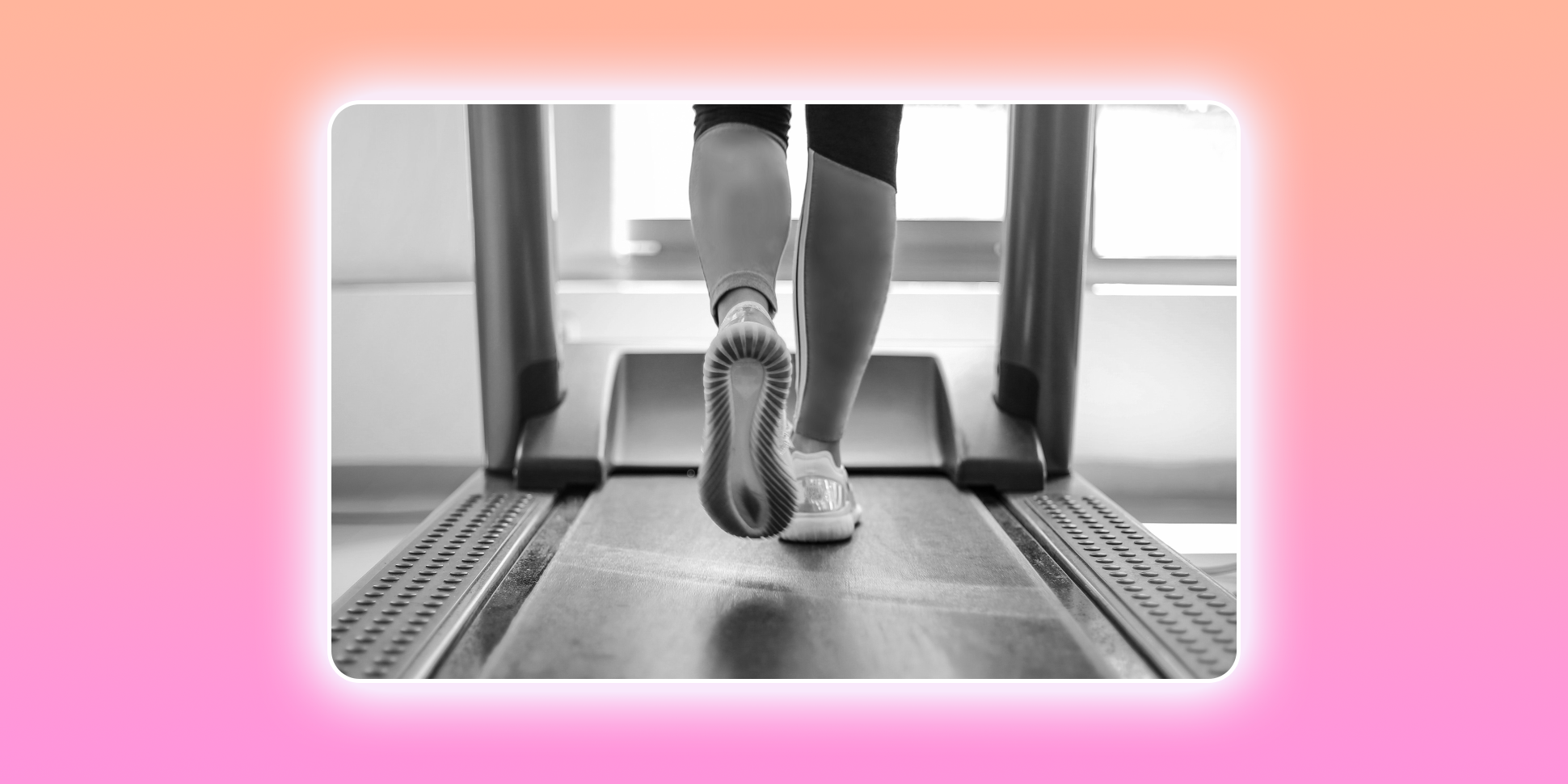
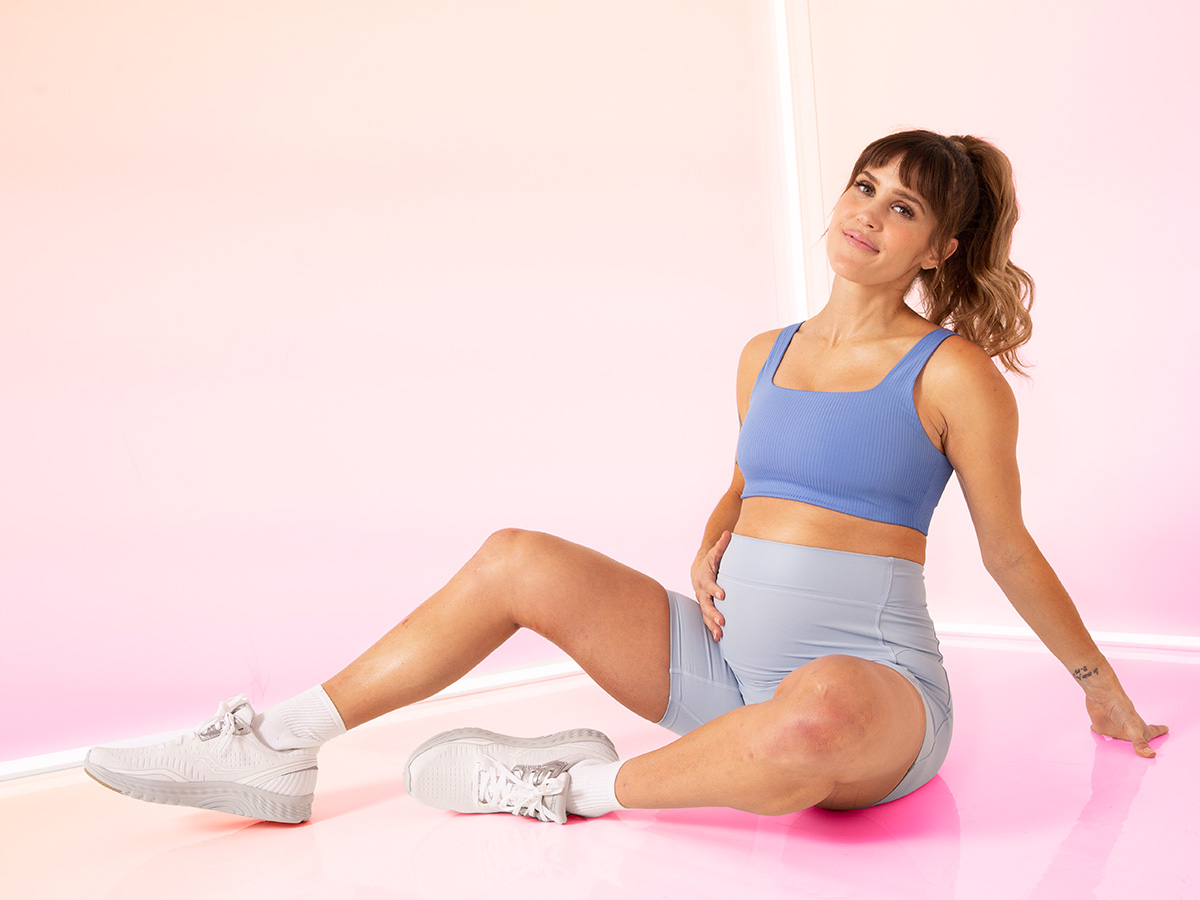

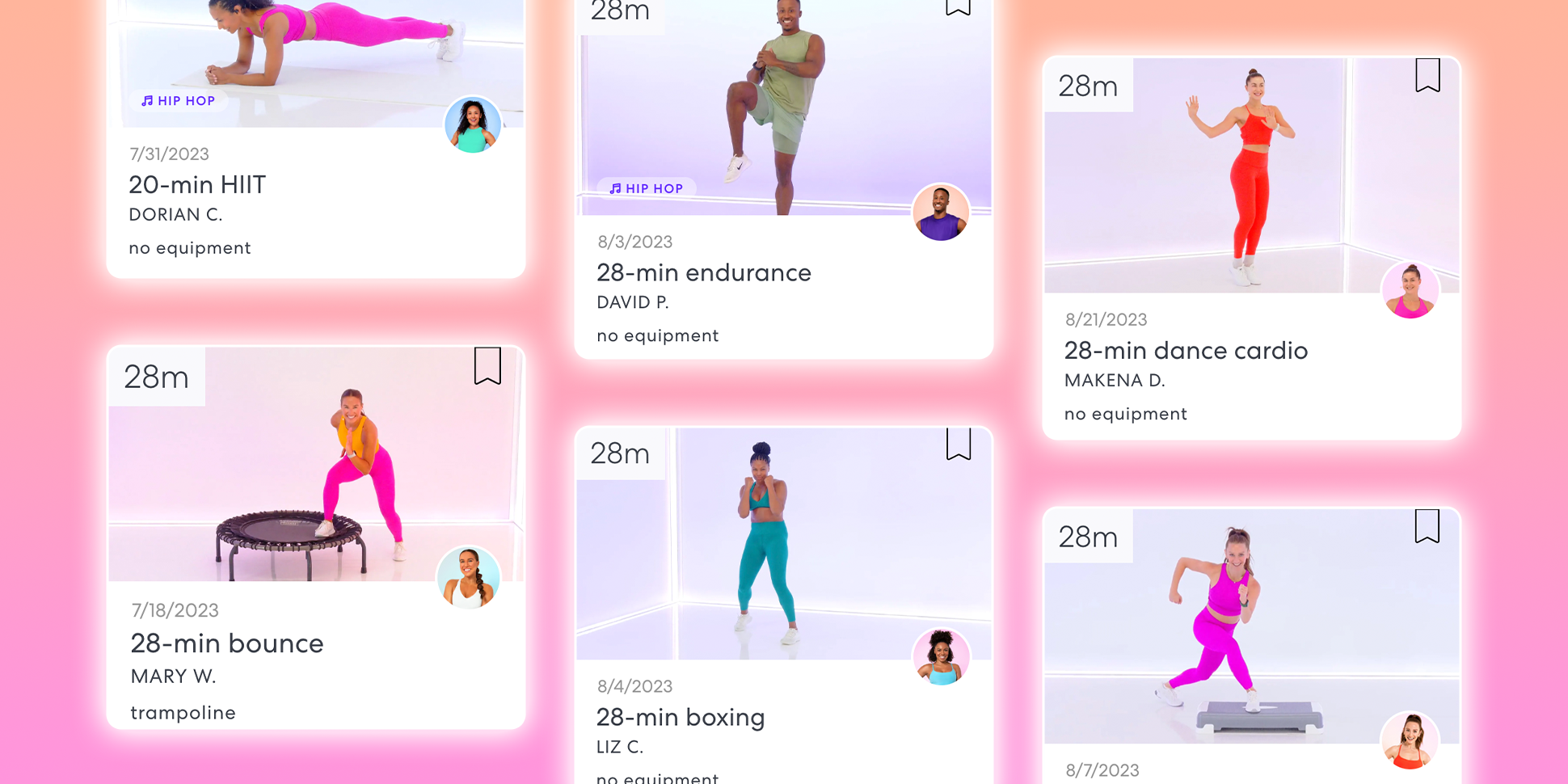

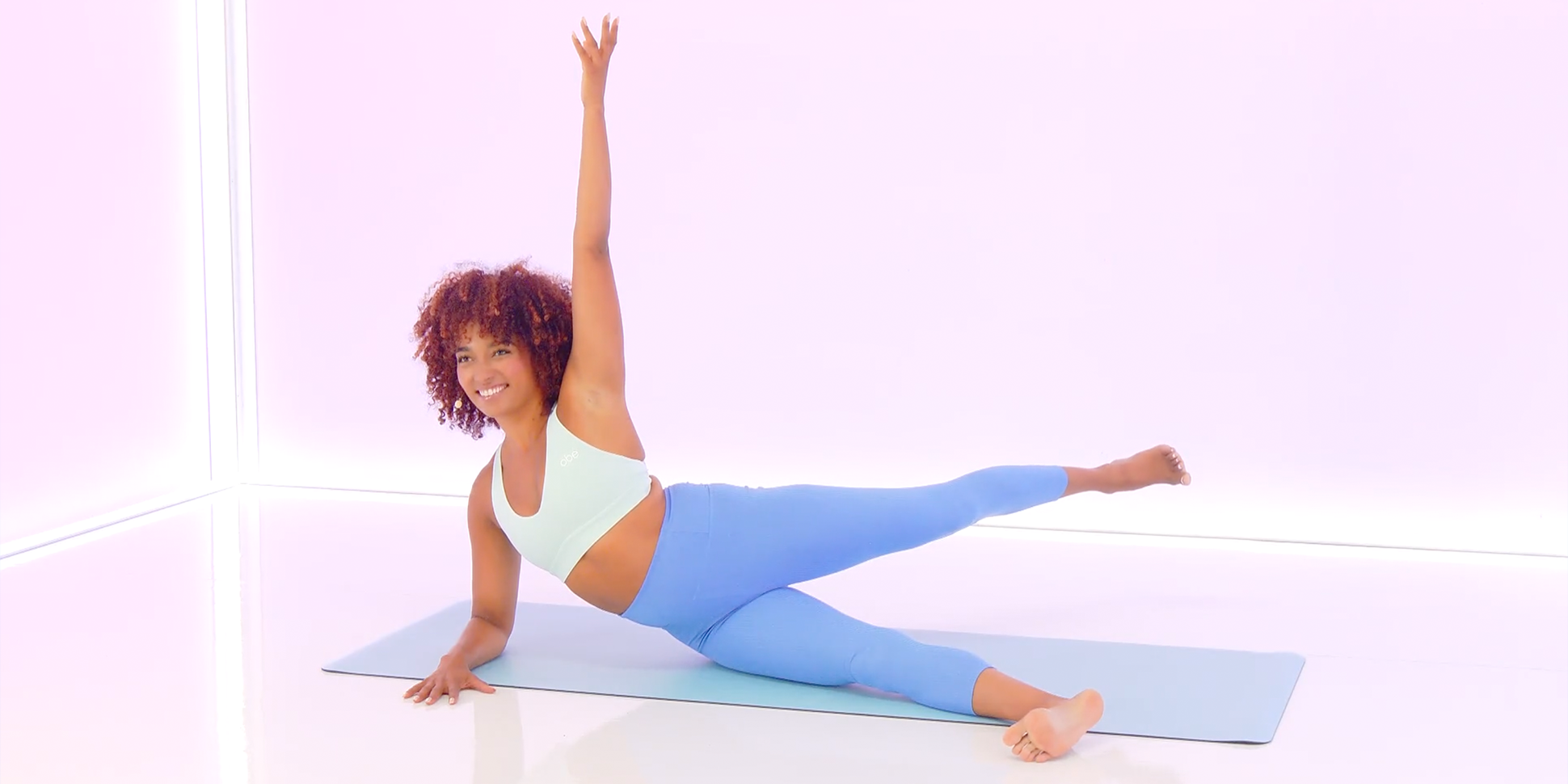




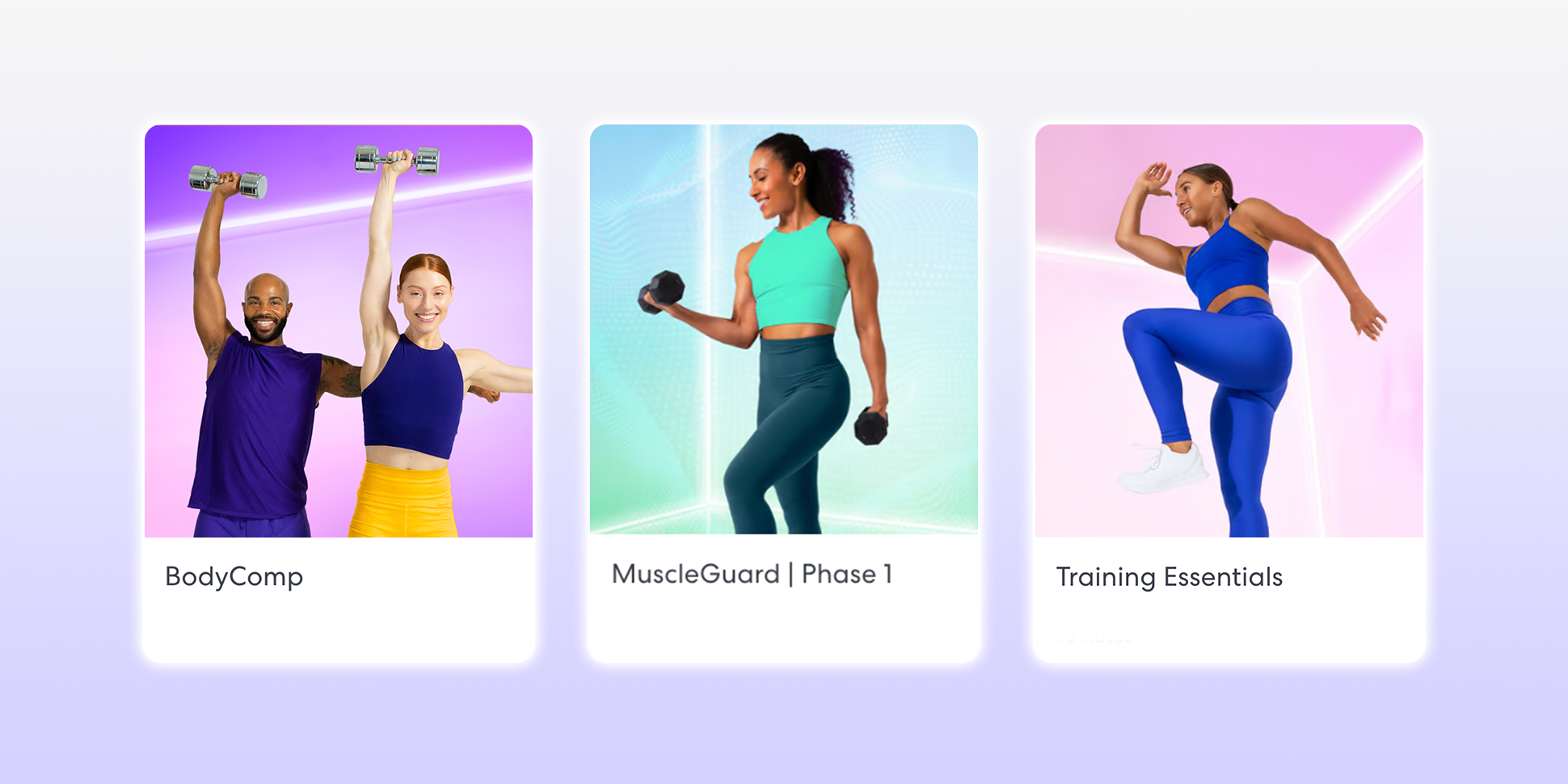





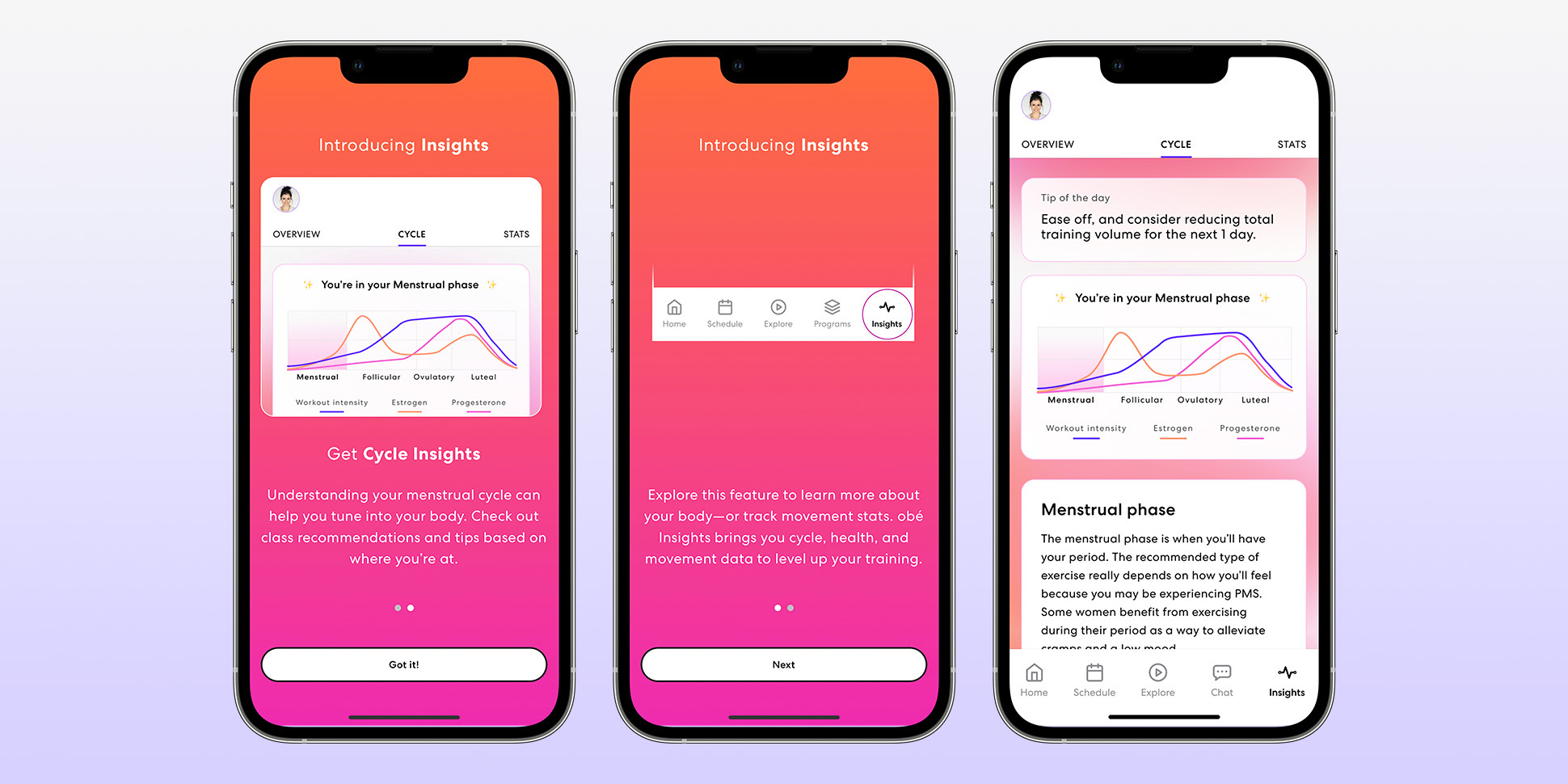



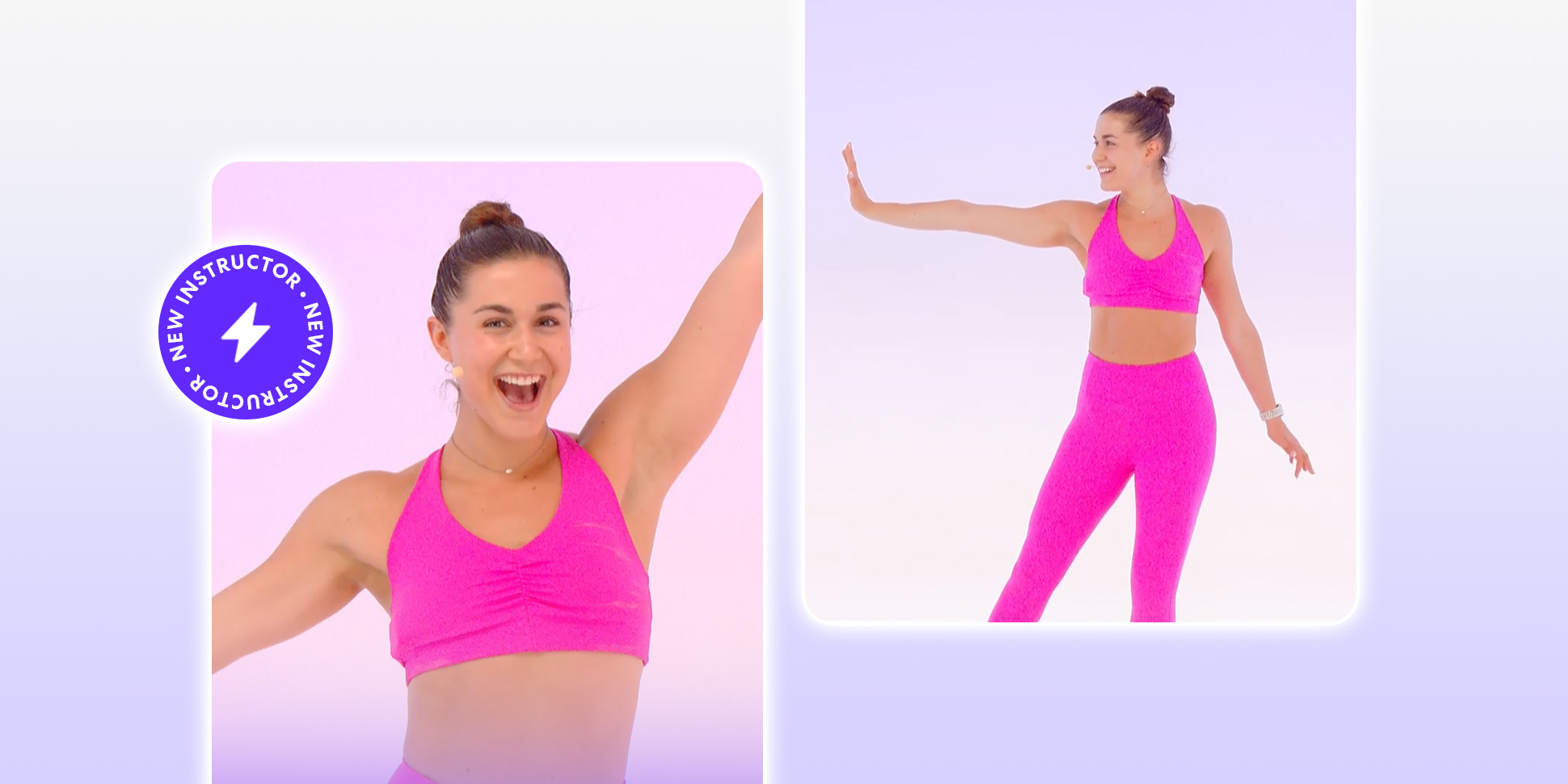









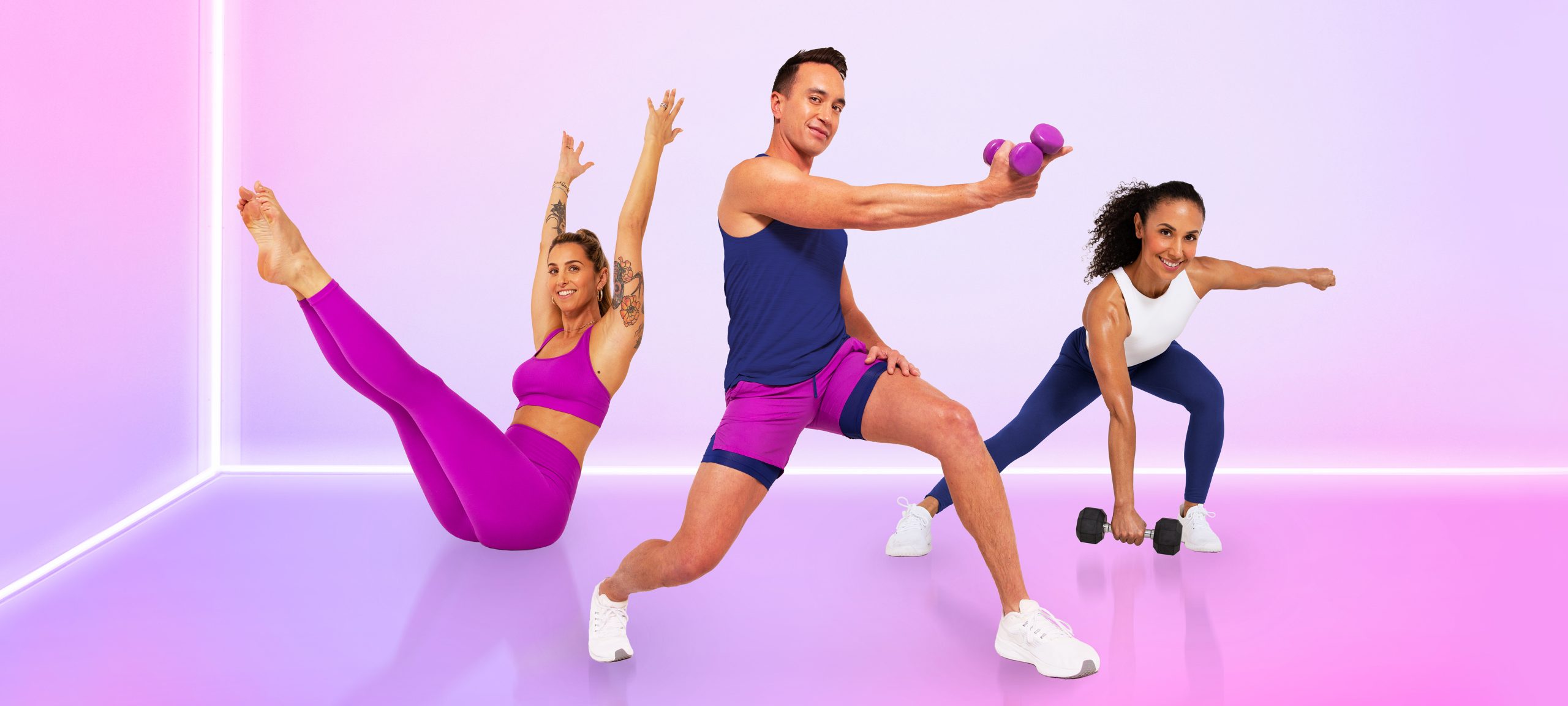
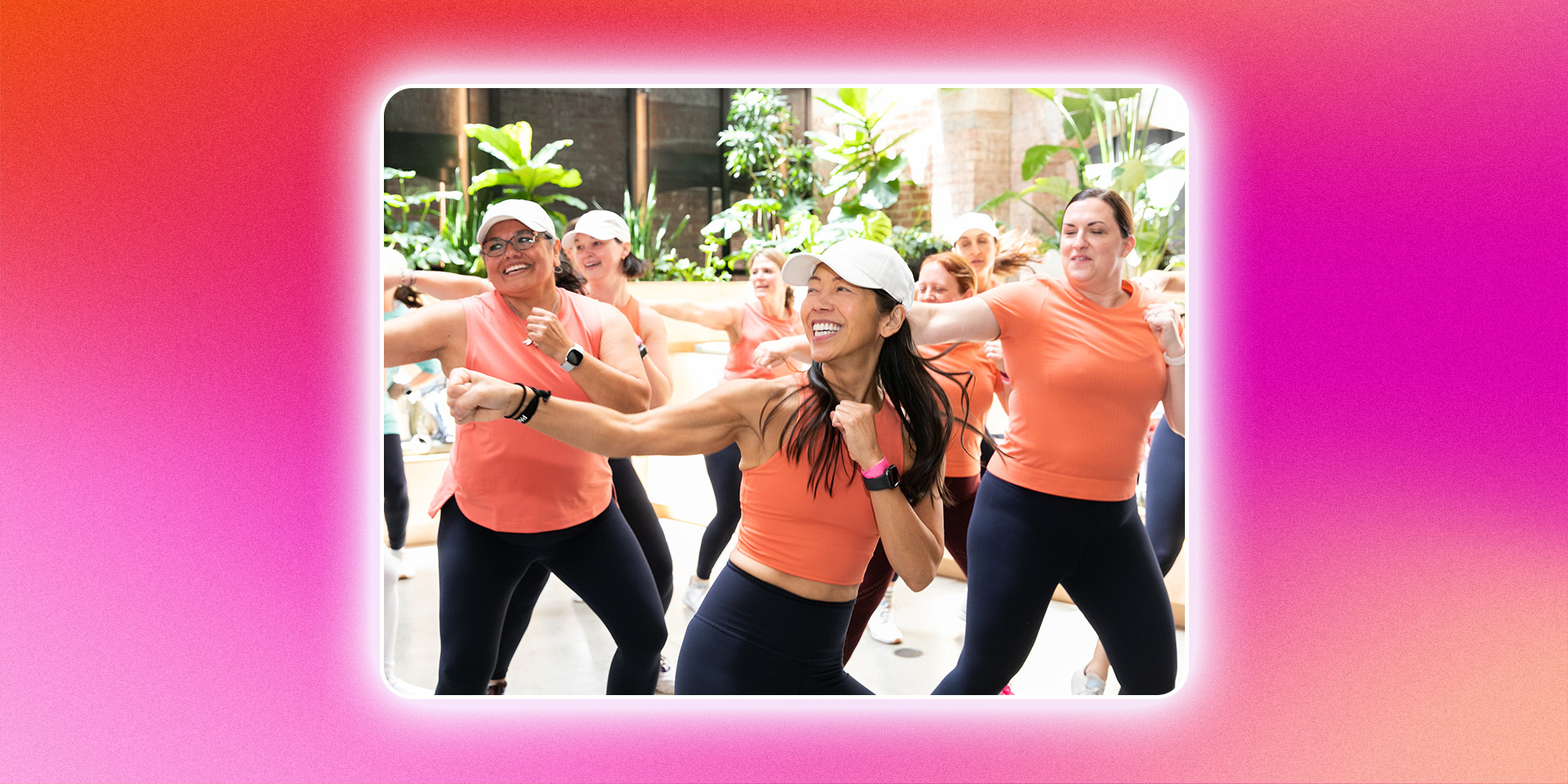









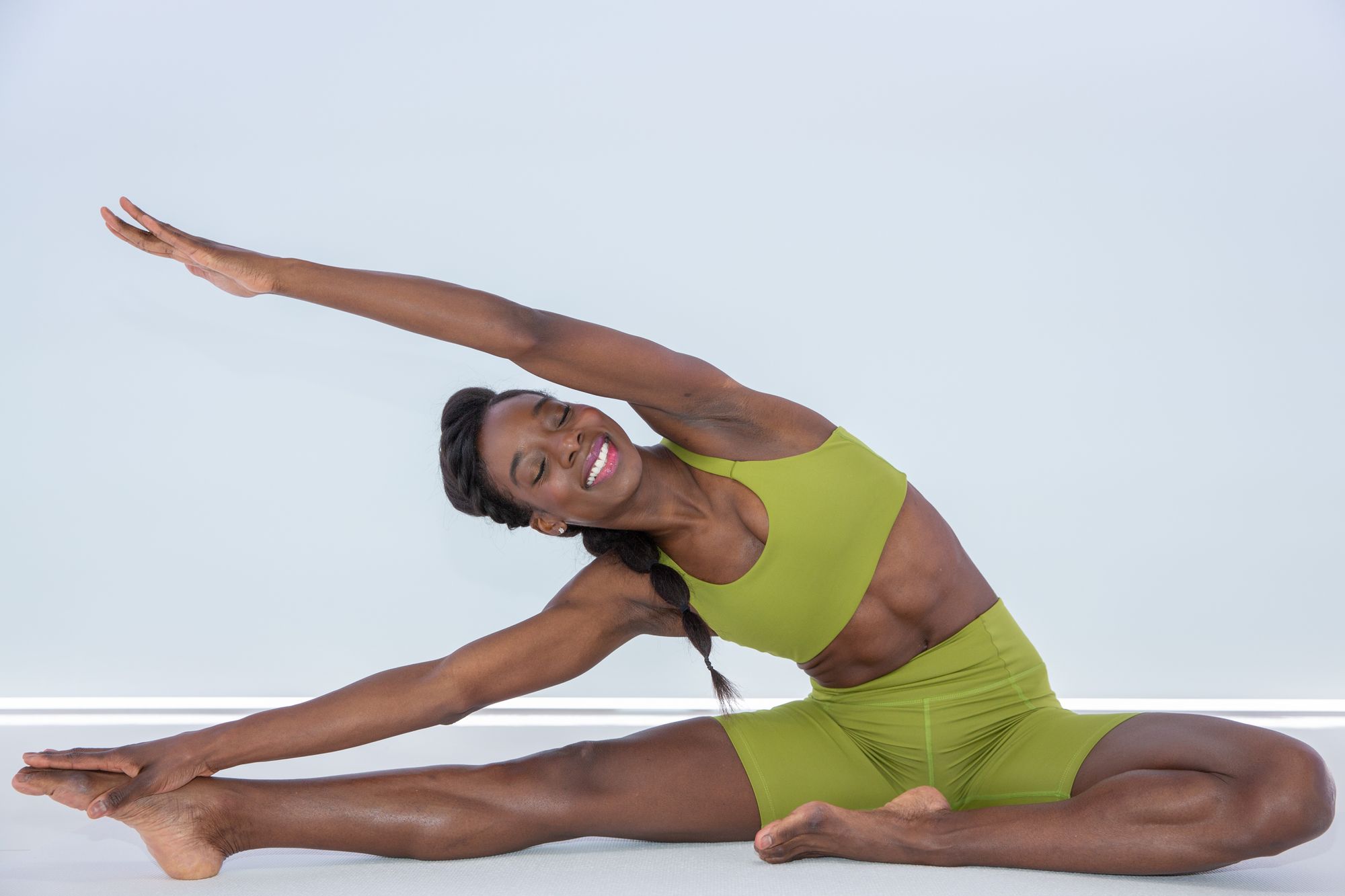




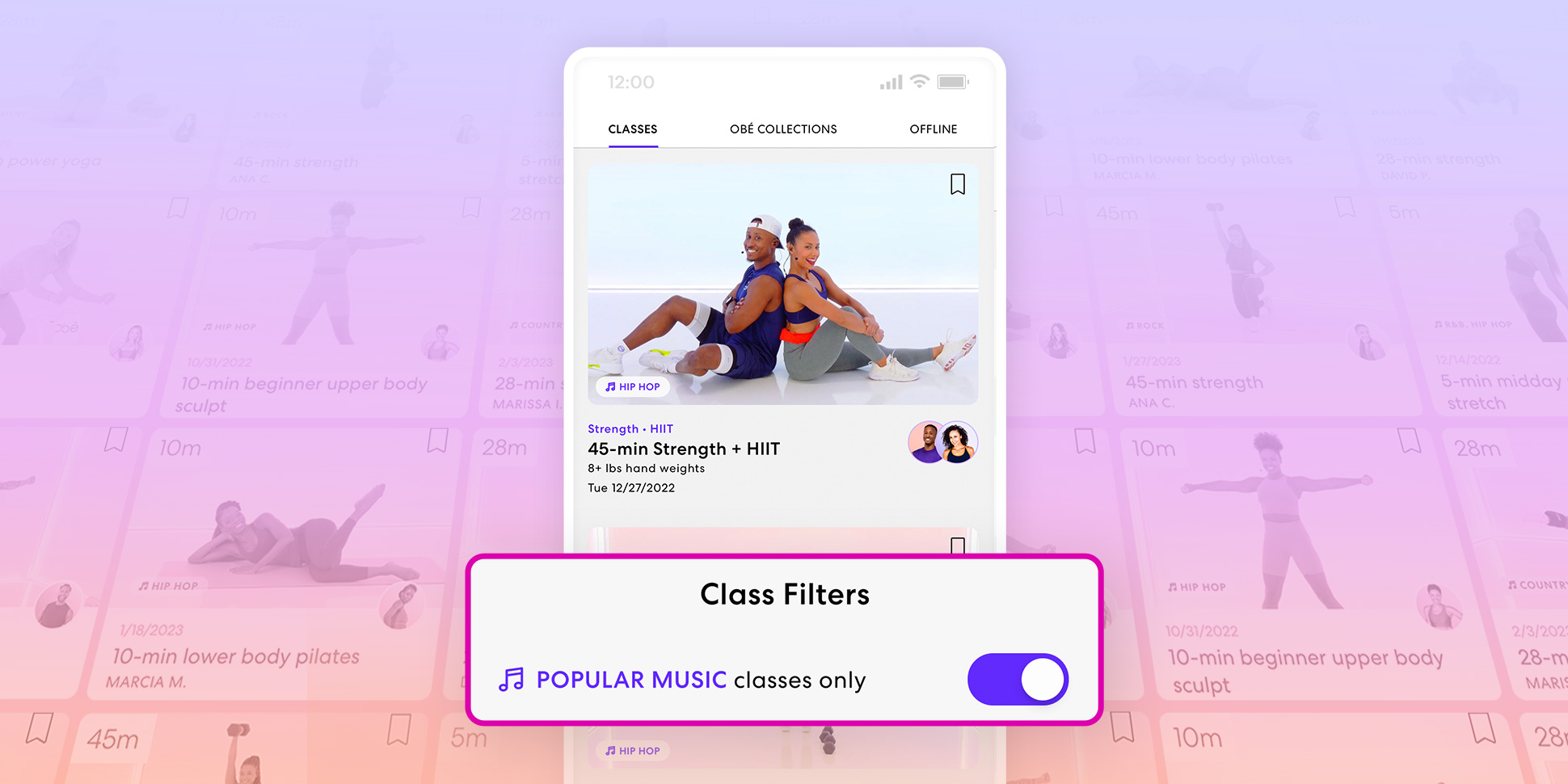
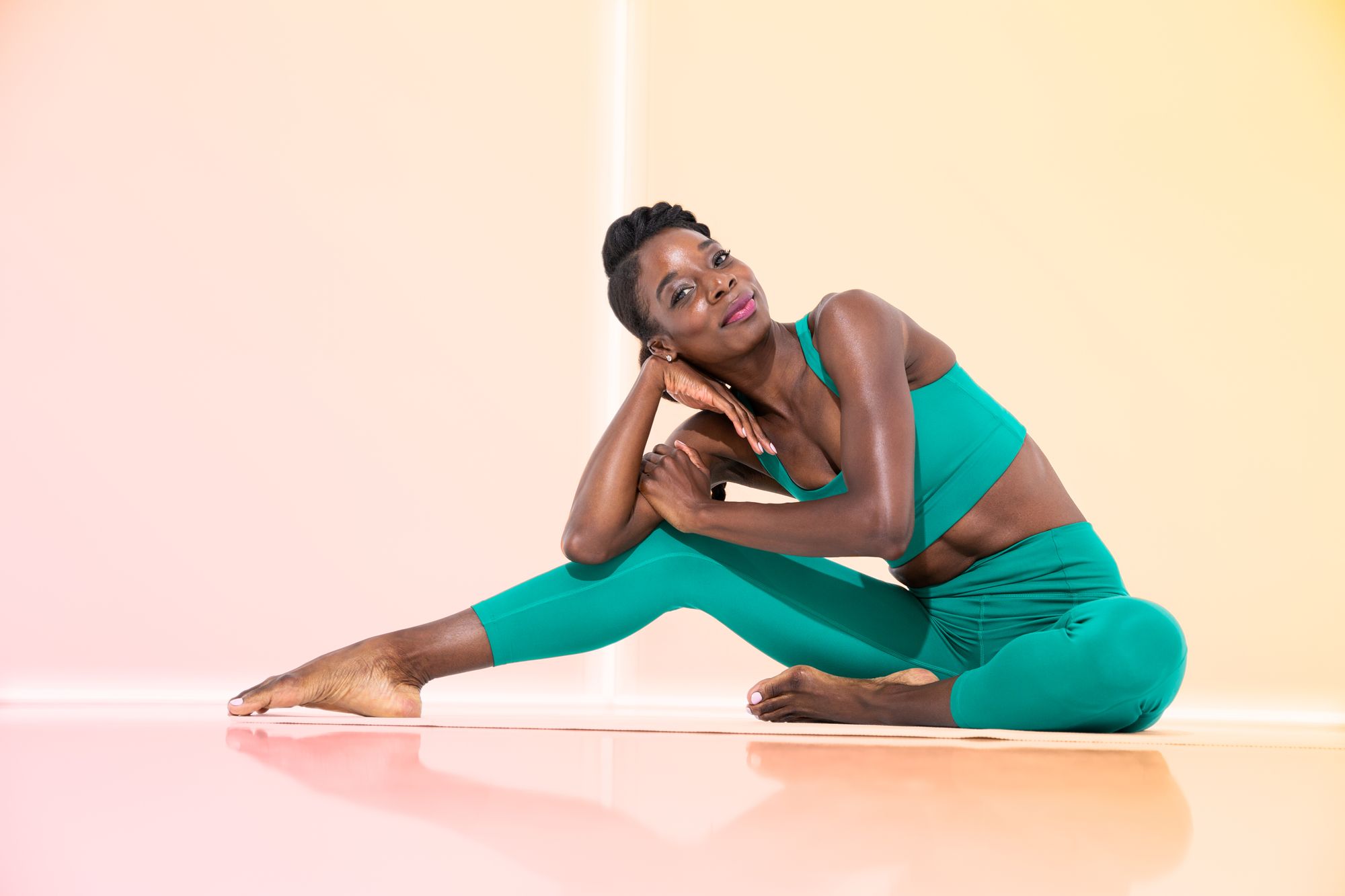


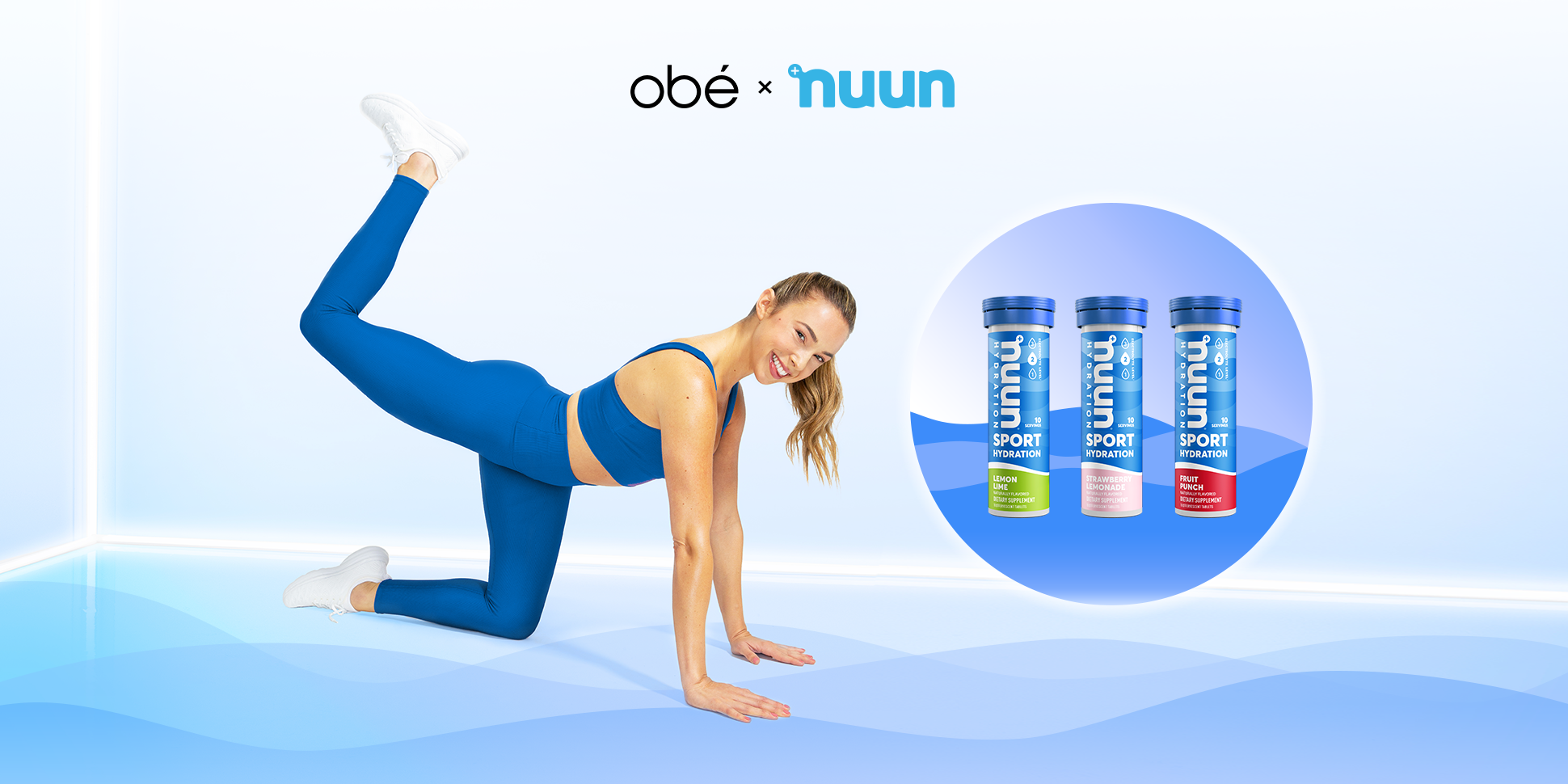

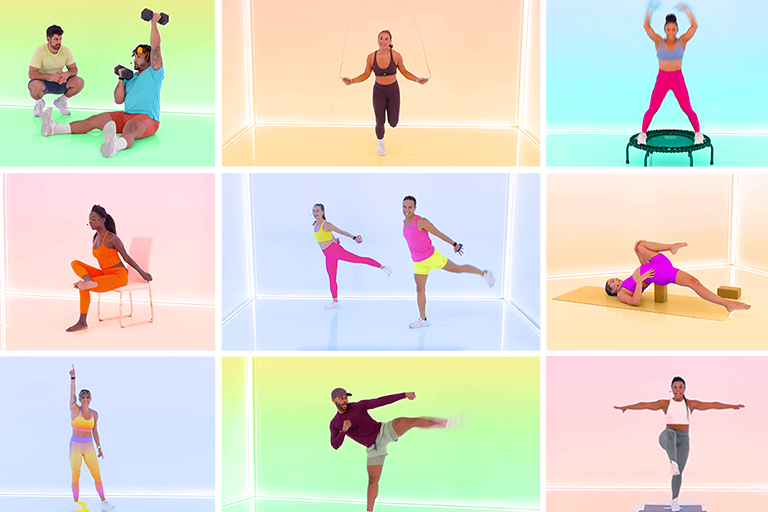









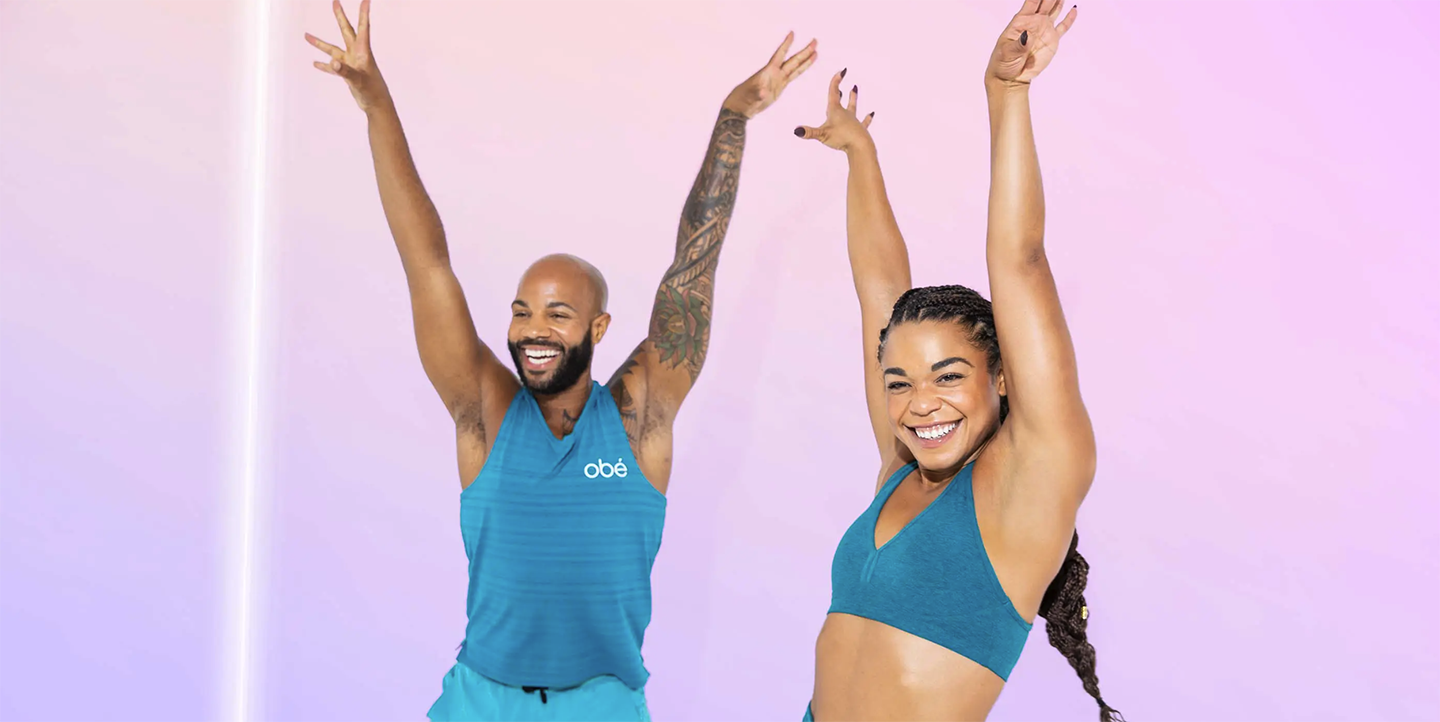



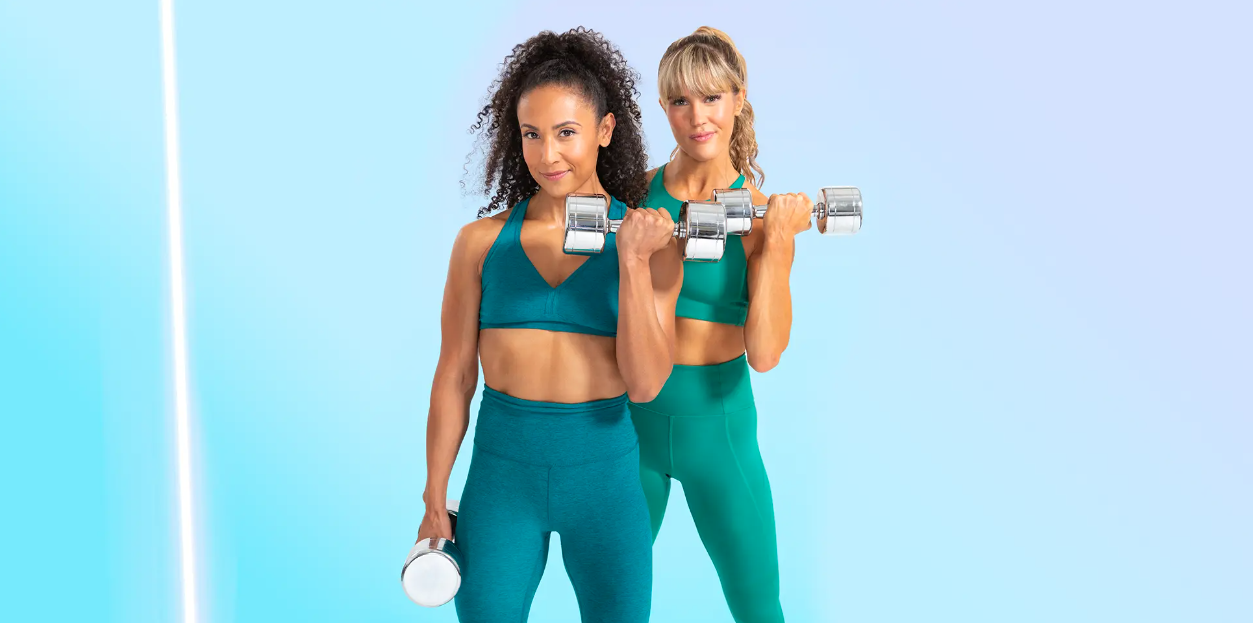


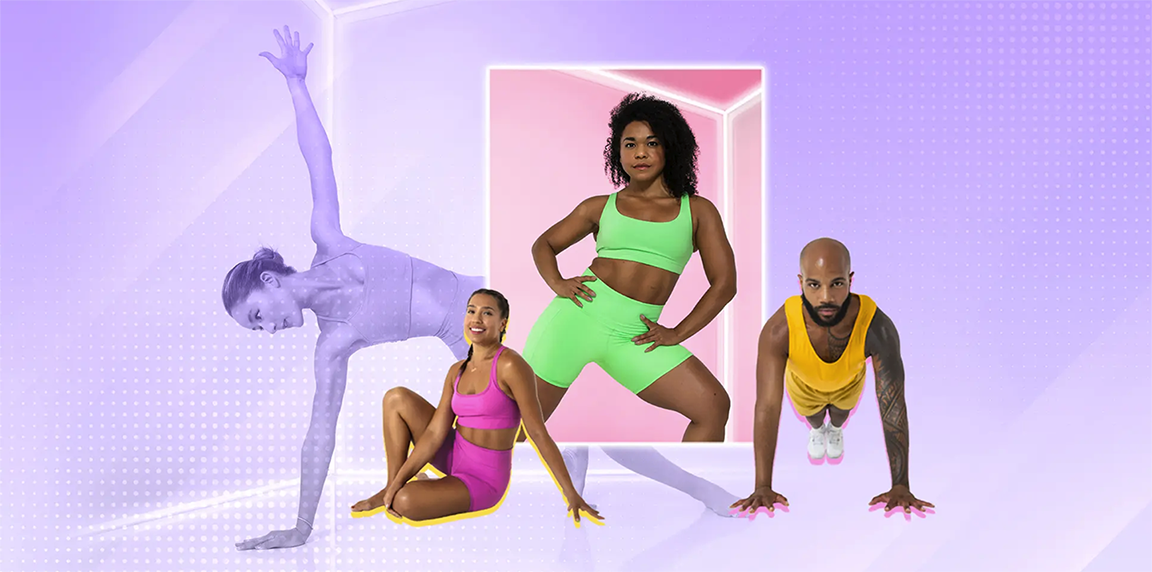


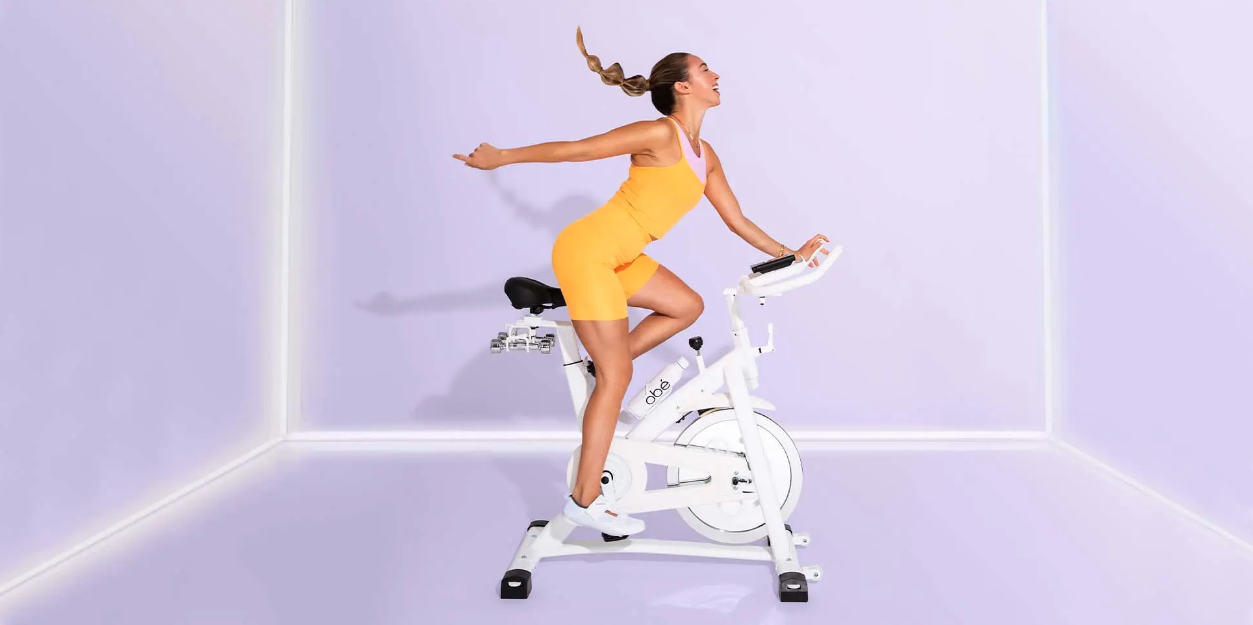
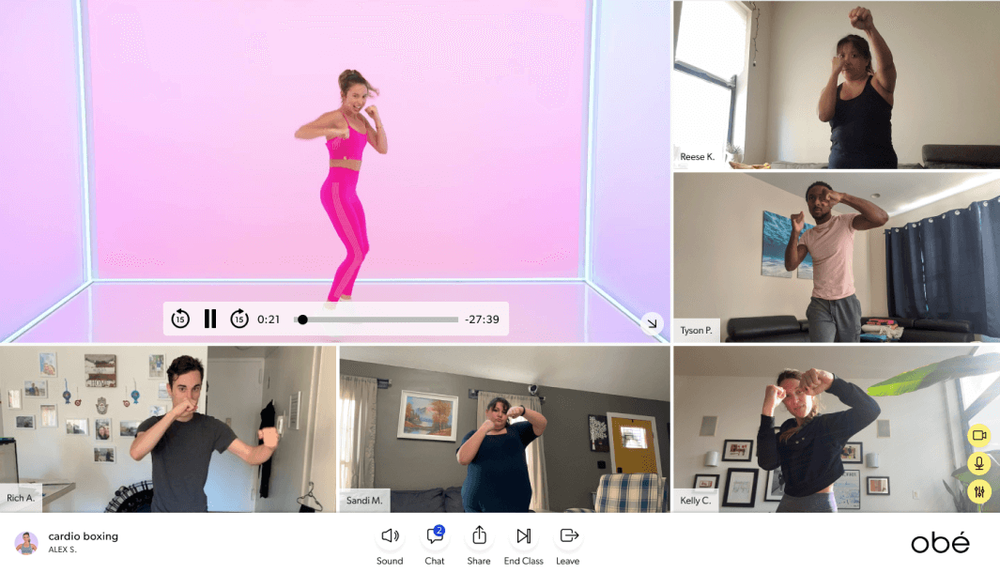


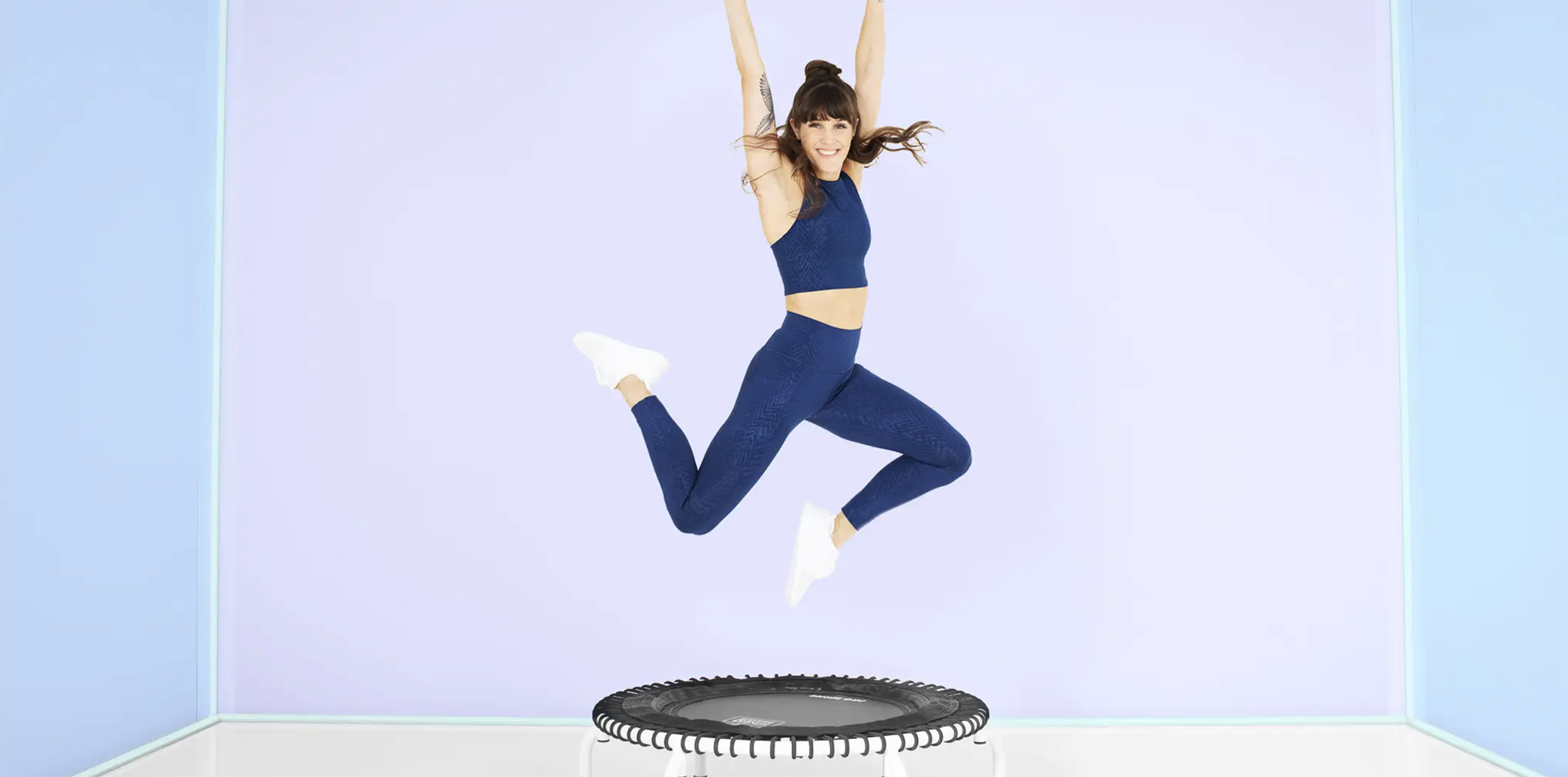








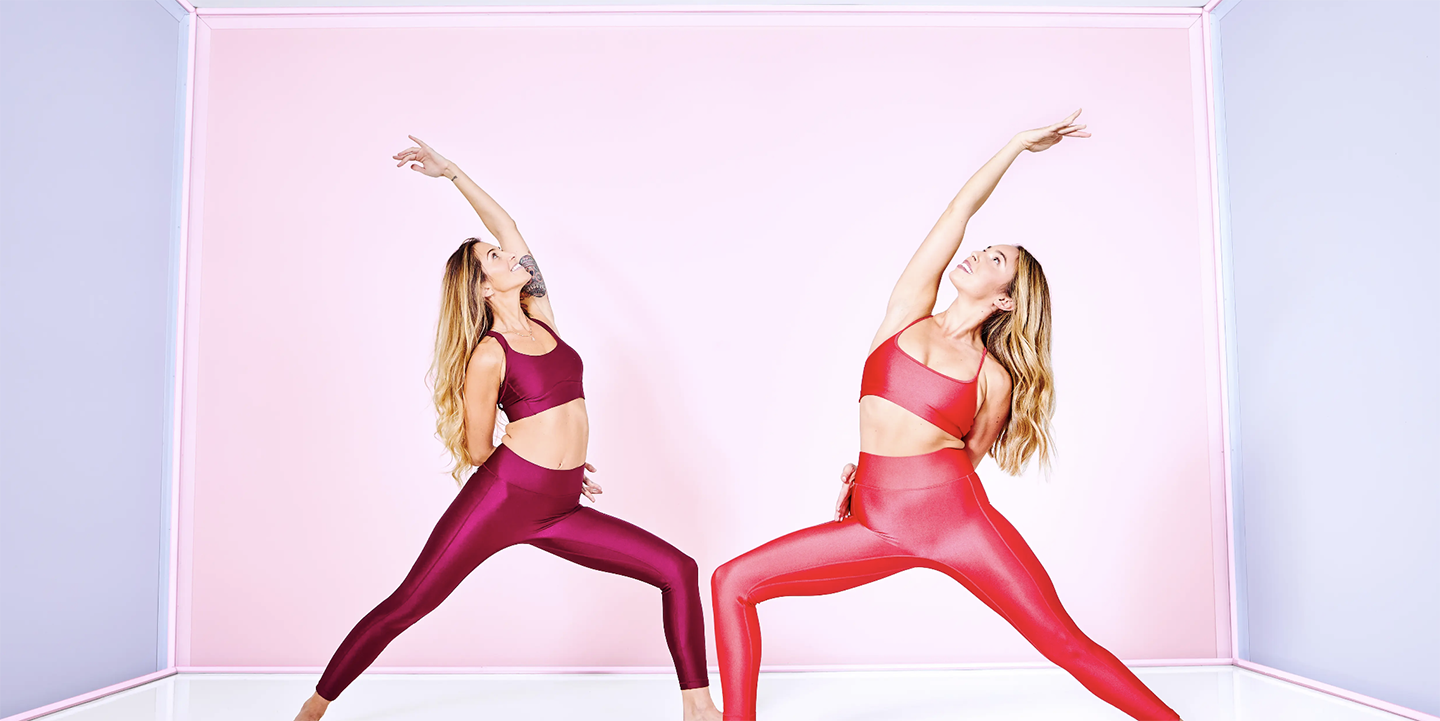
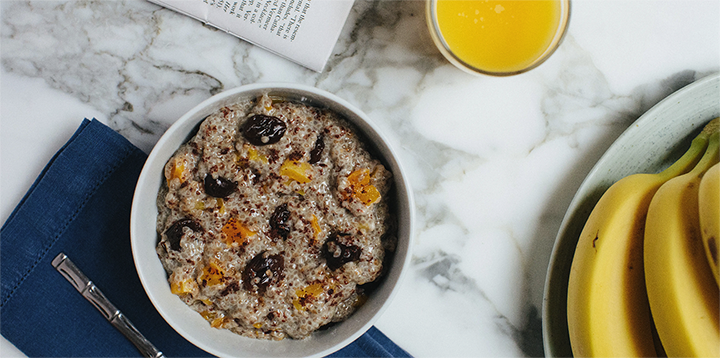





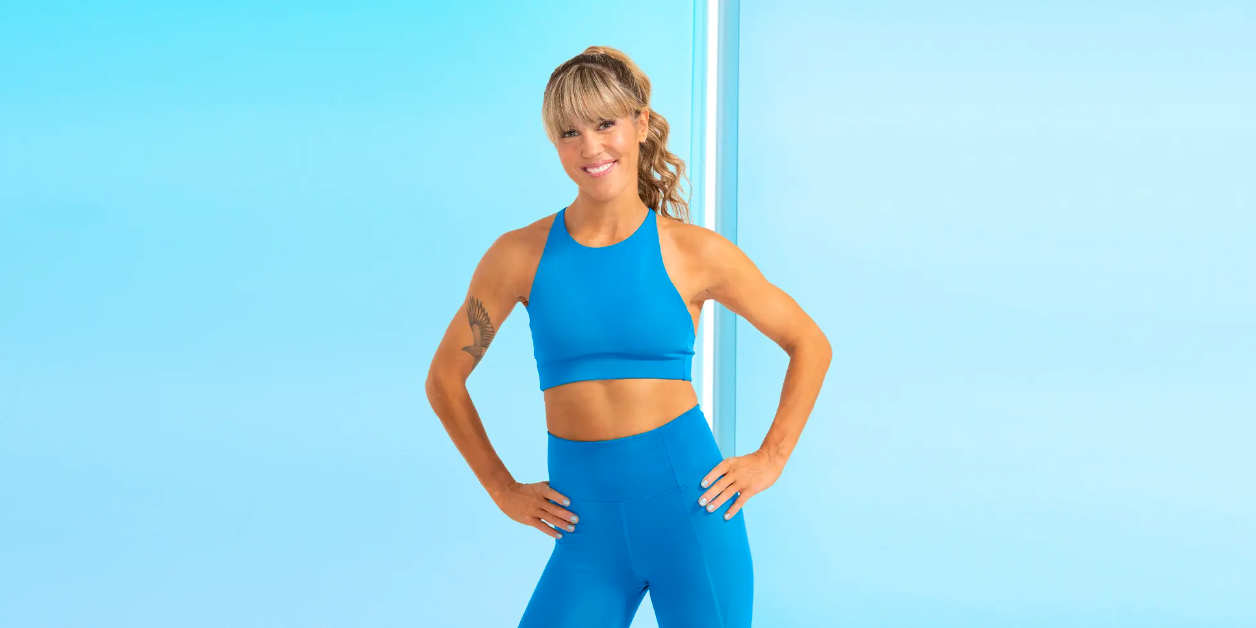




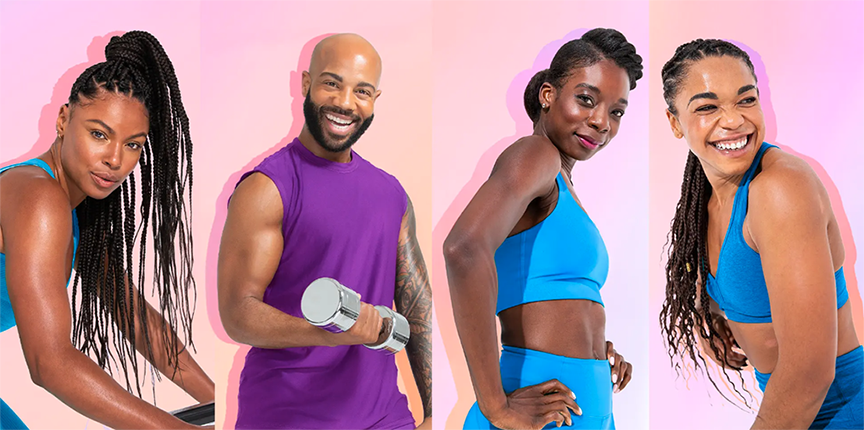
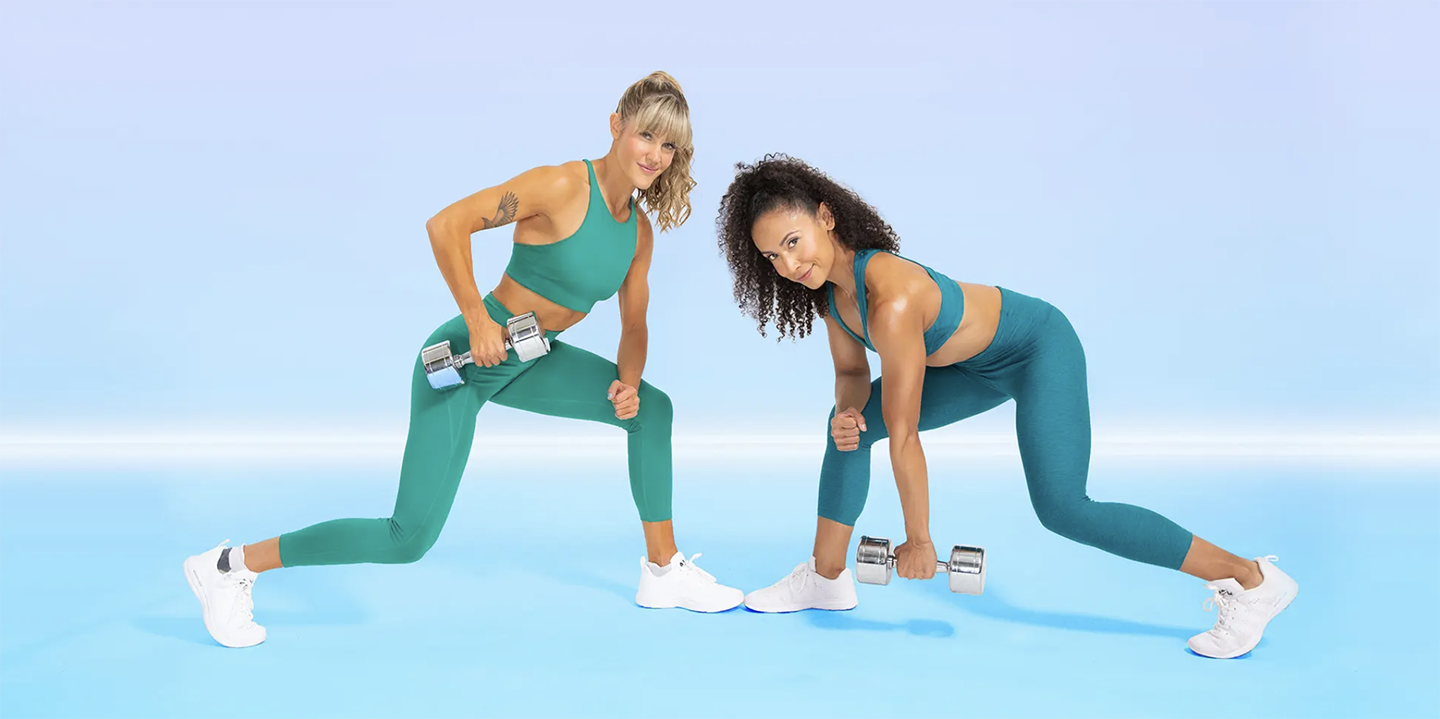
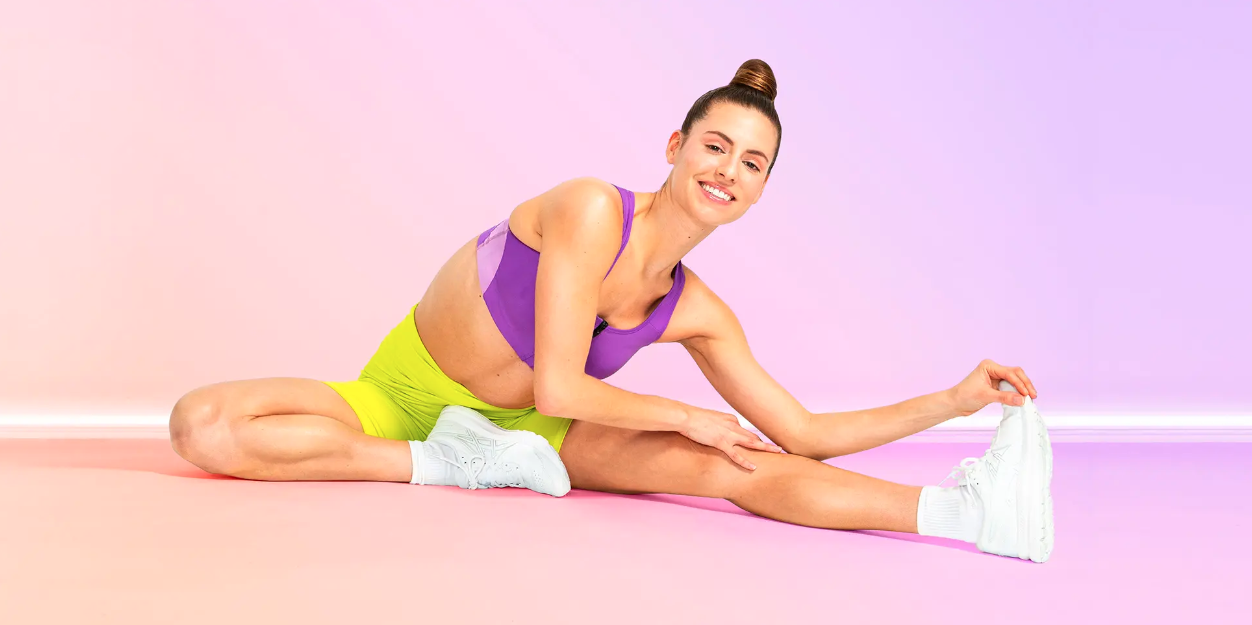


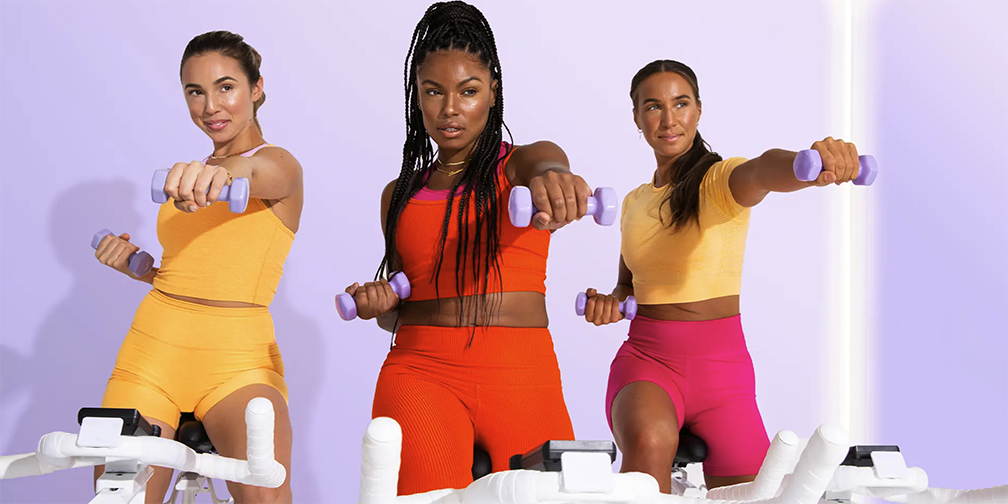

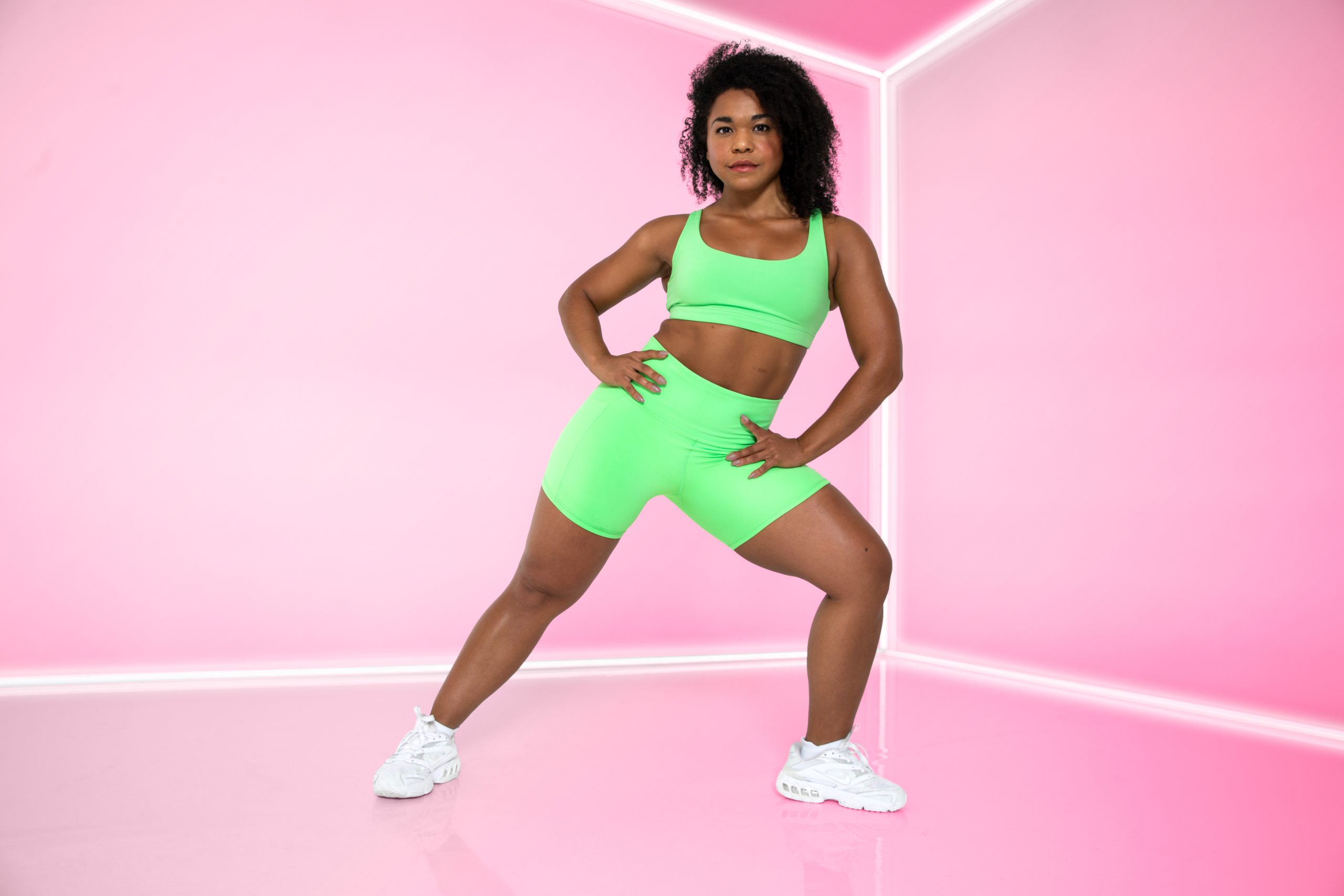

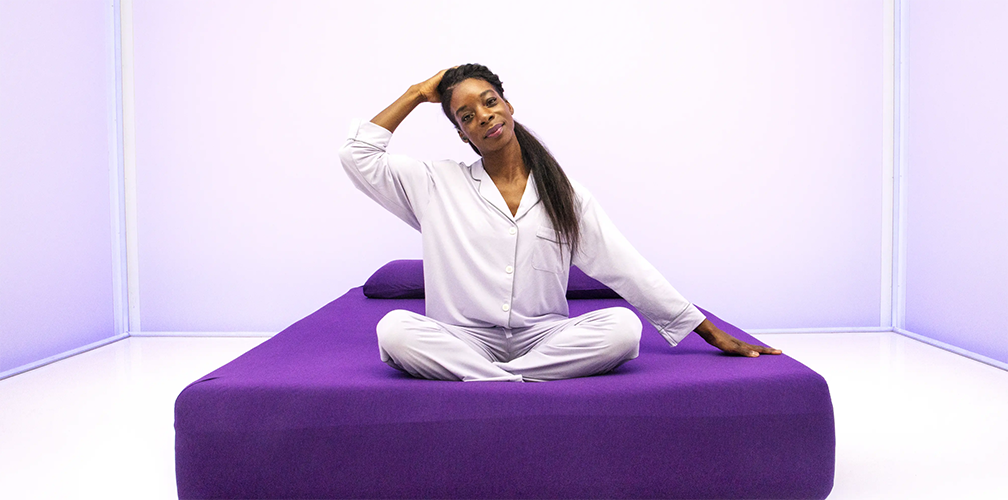






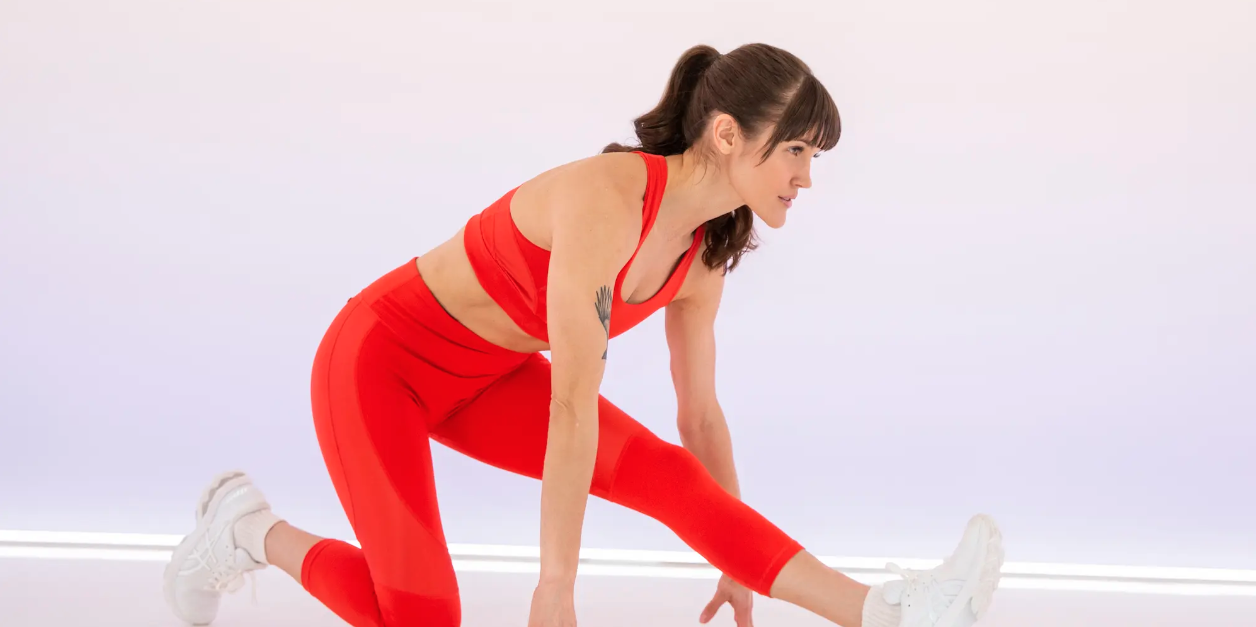
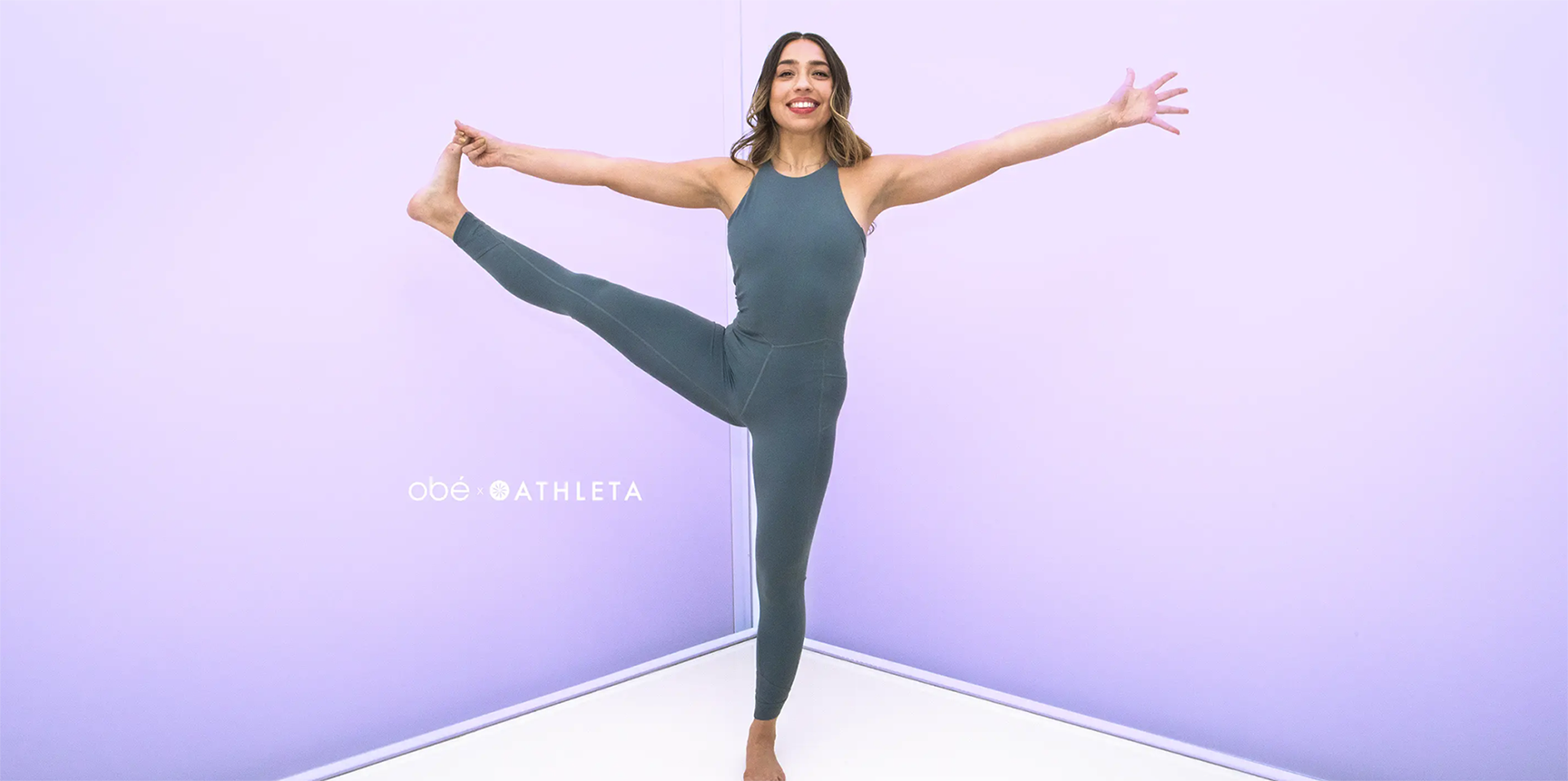

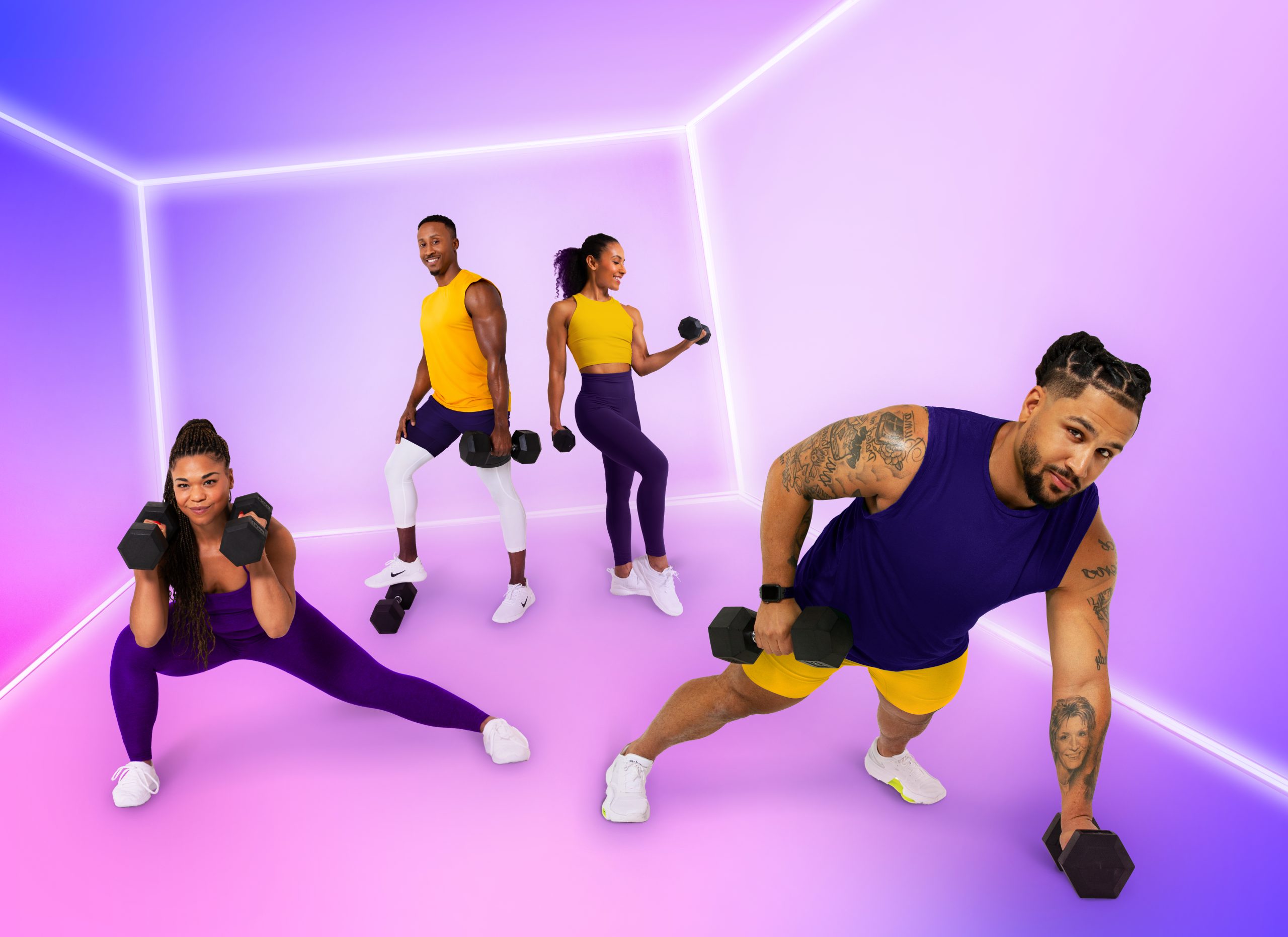
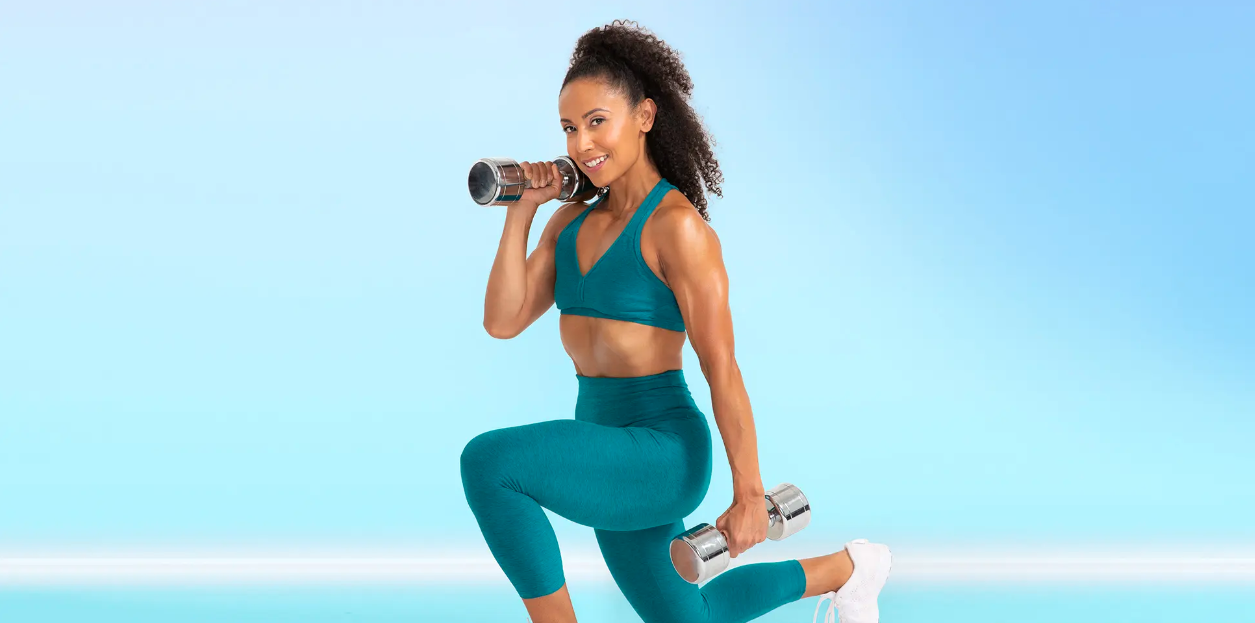




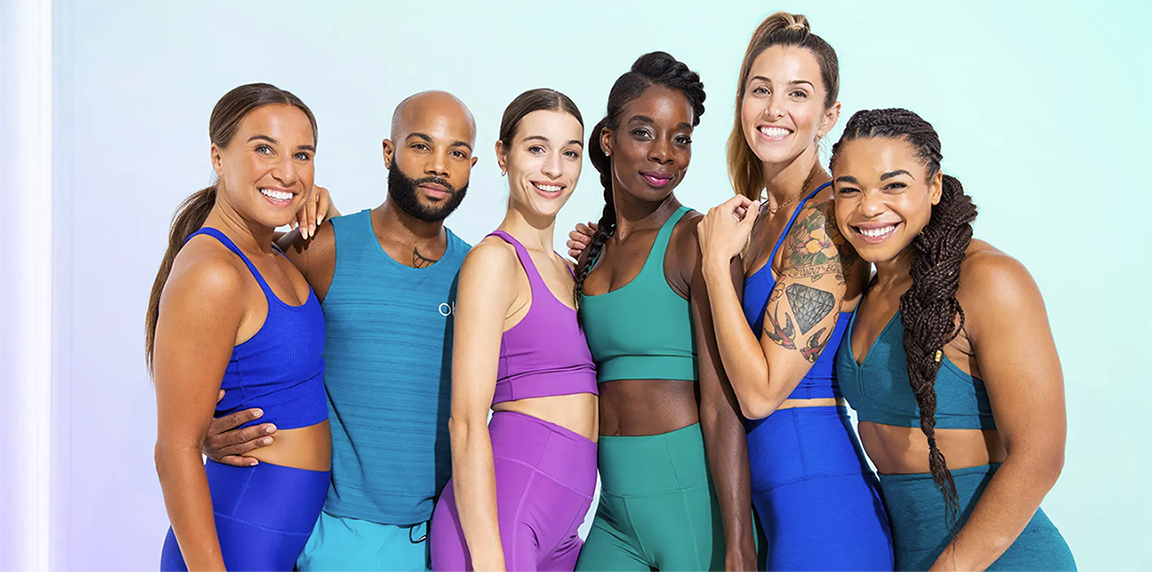
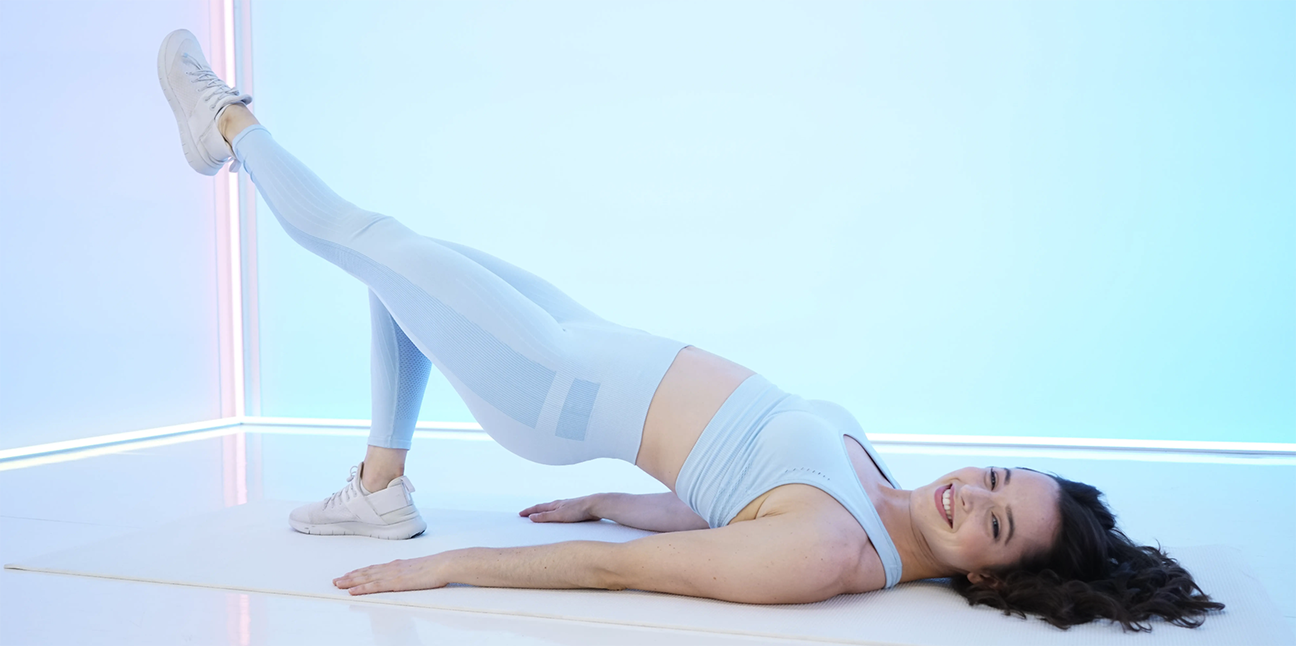





Leave a Reply to Kelly Whitten Cancel reply